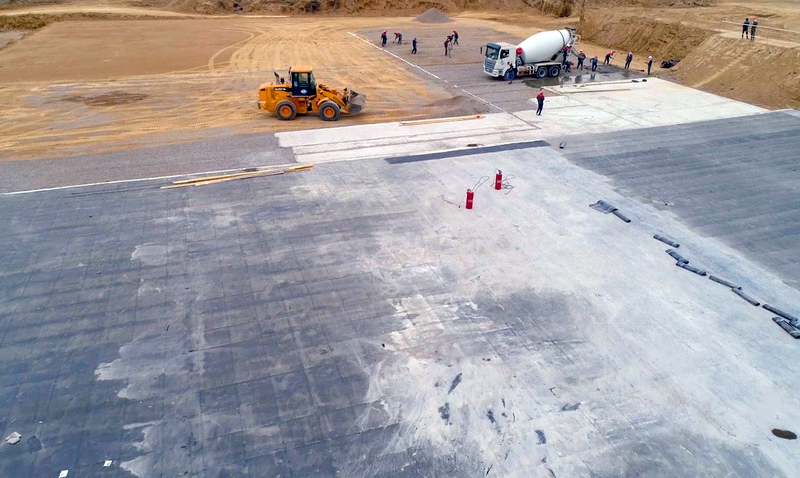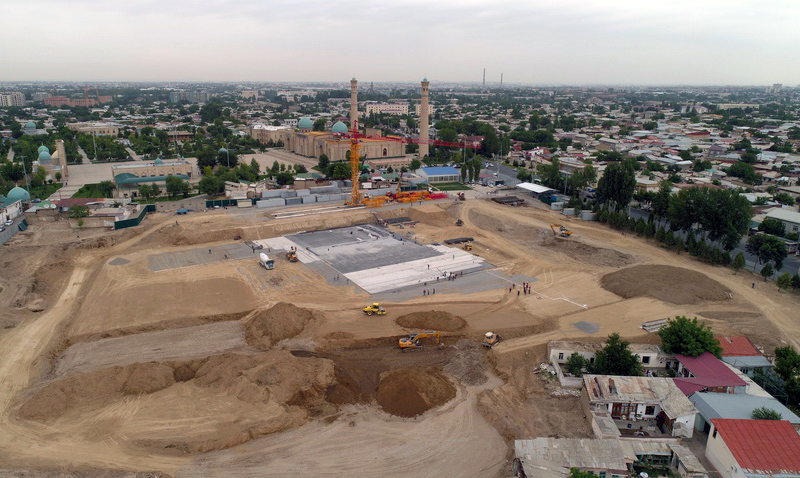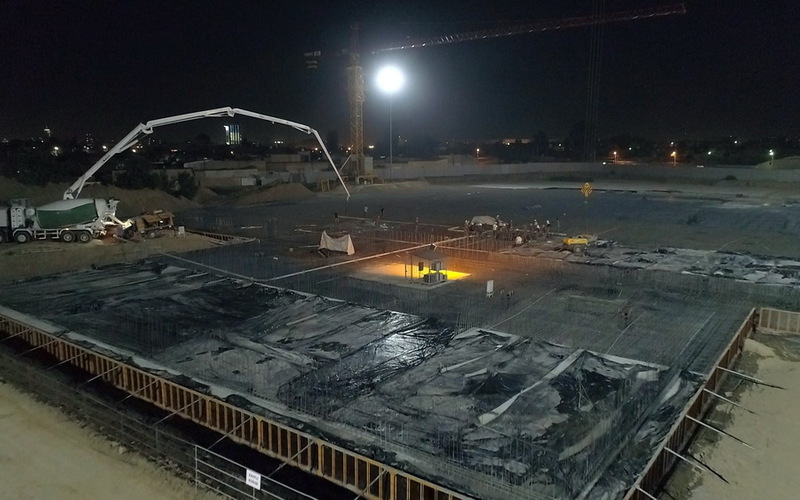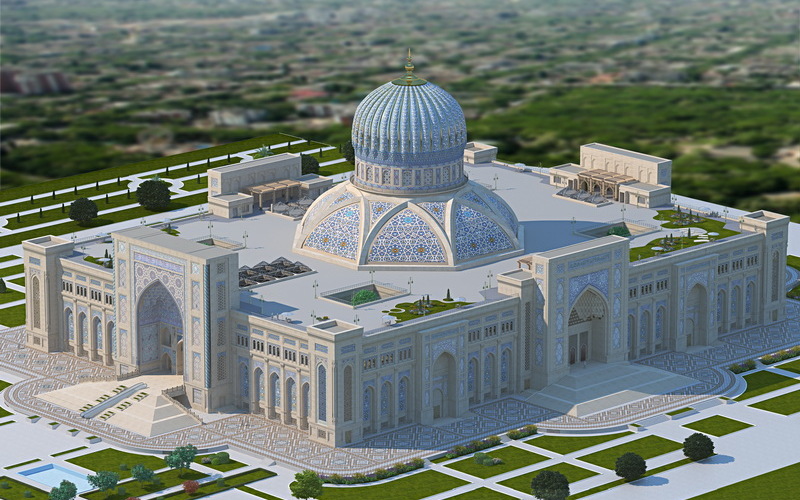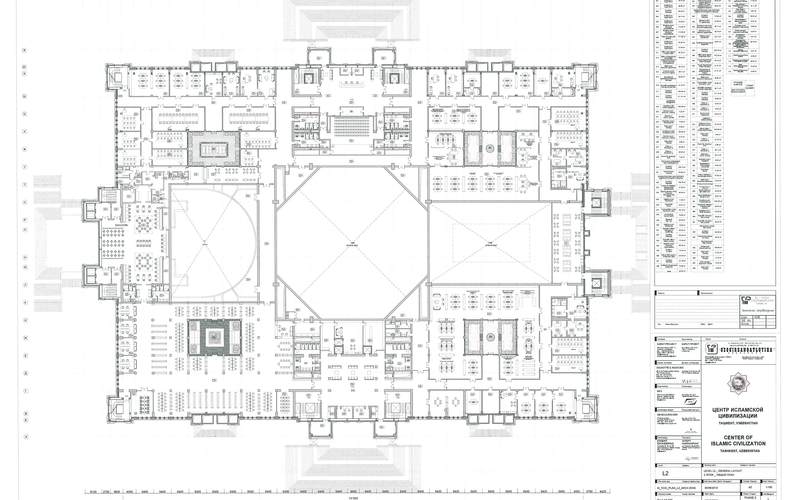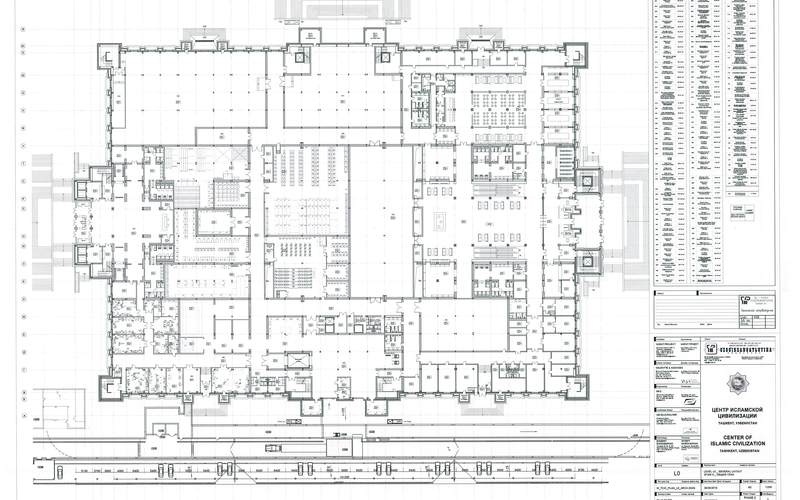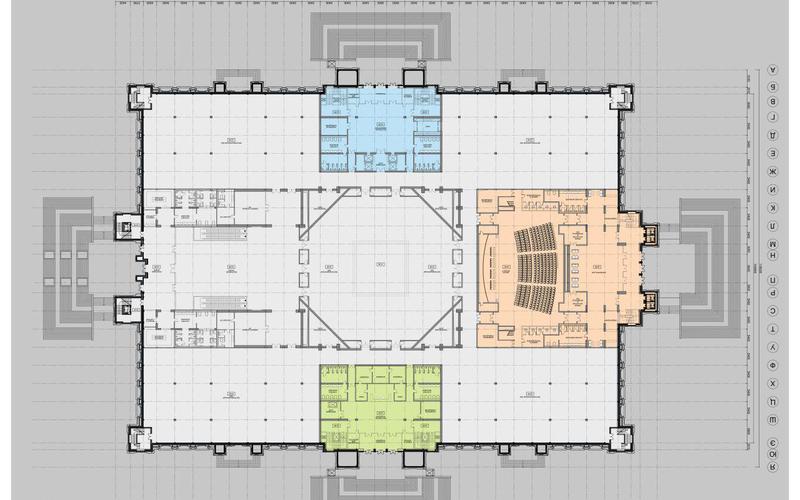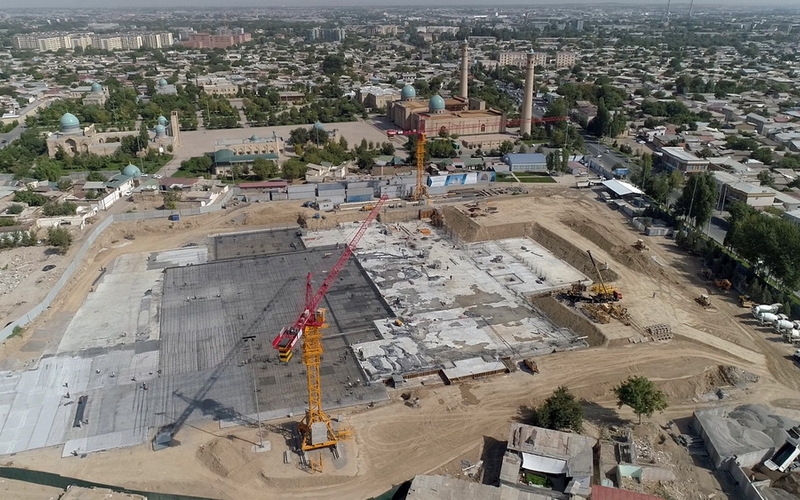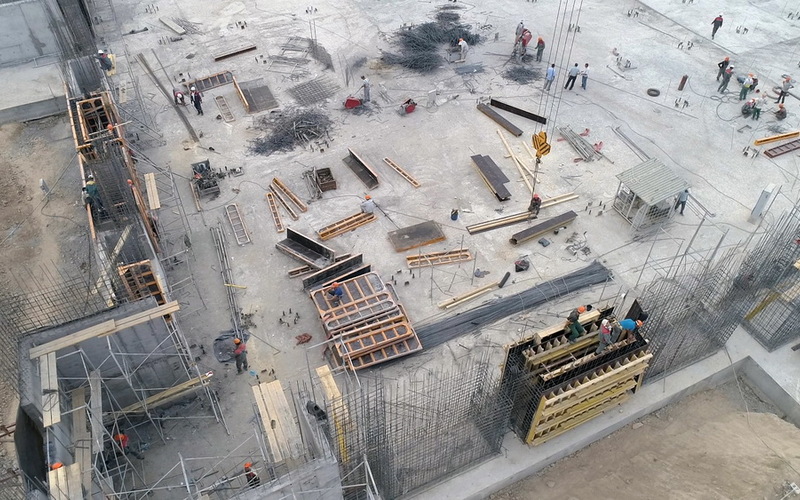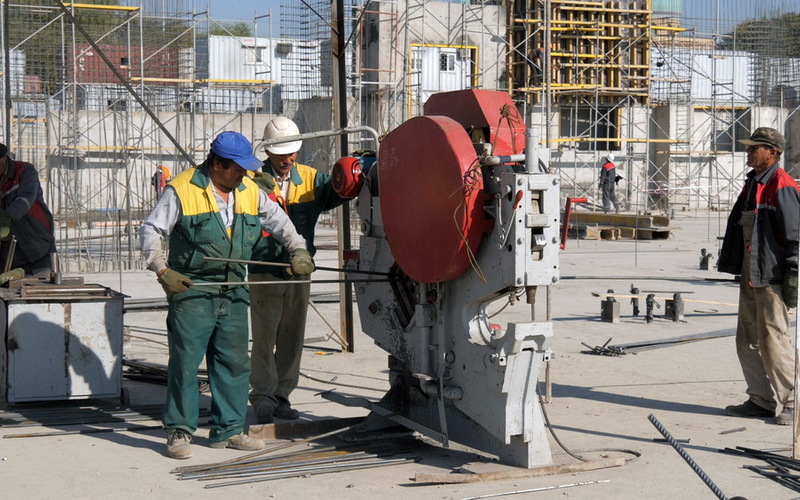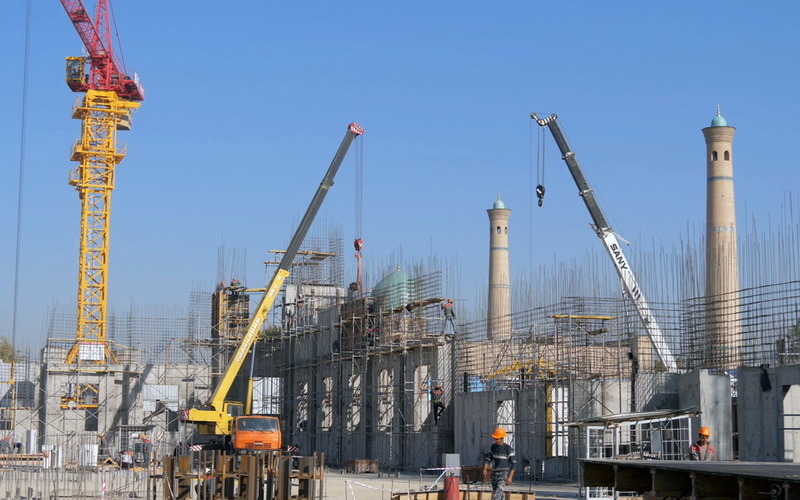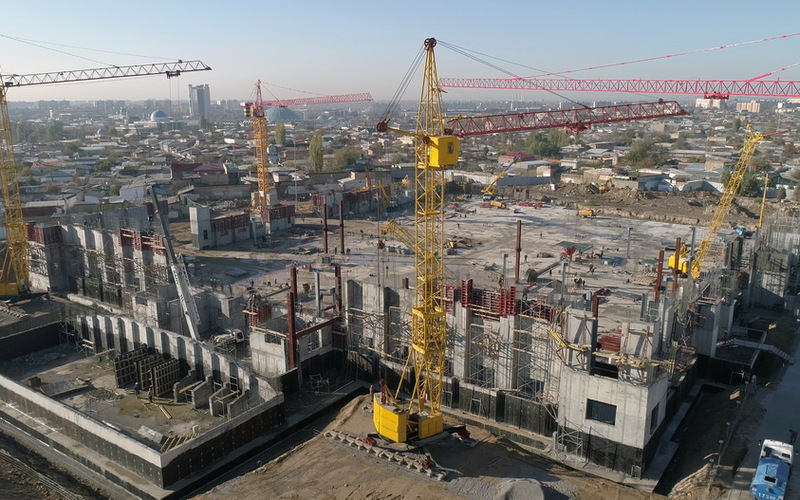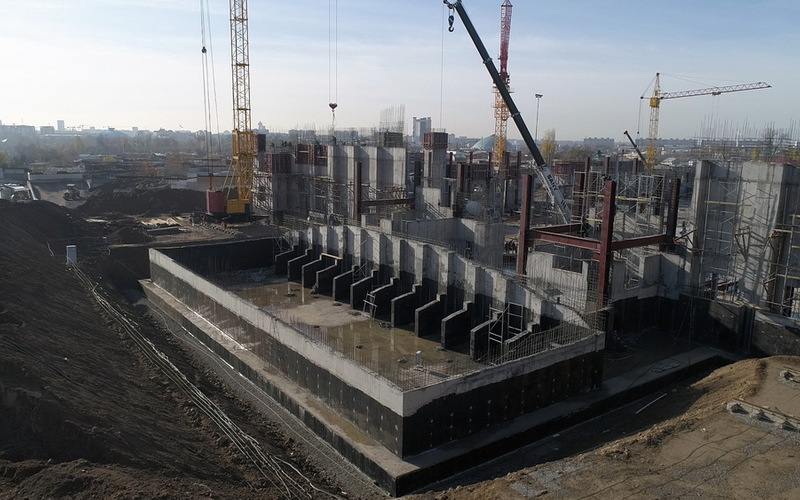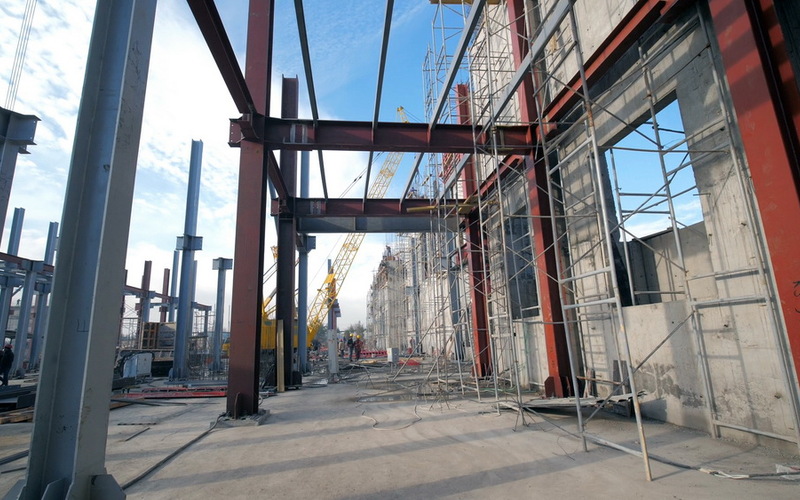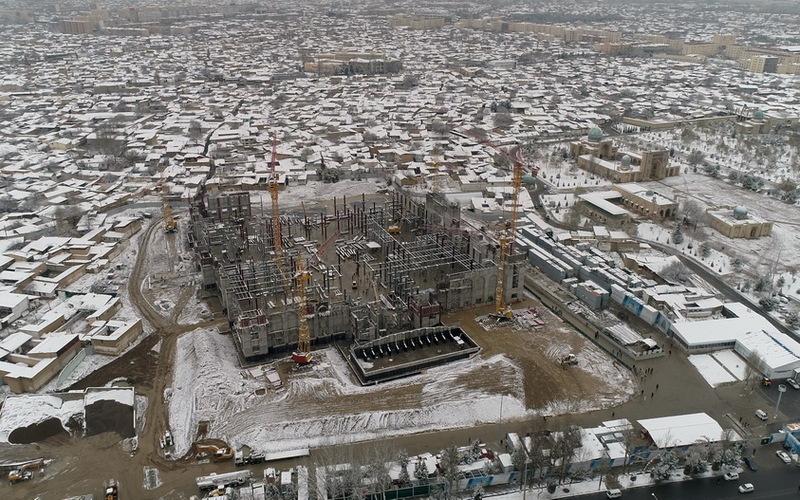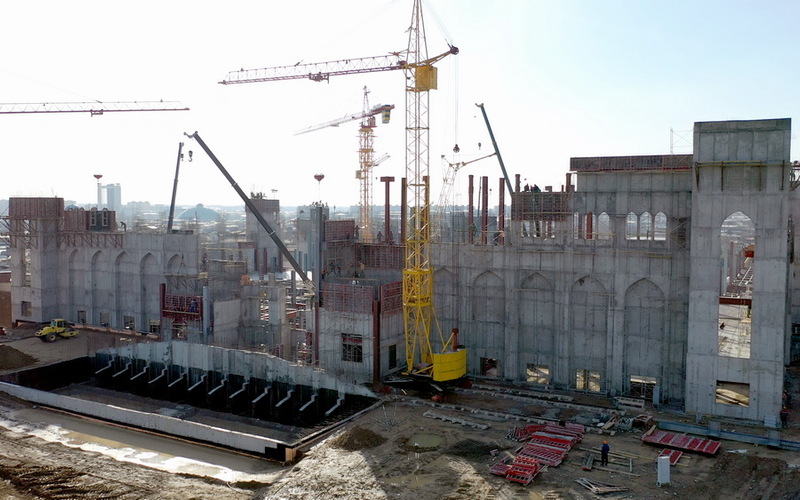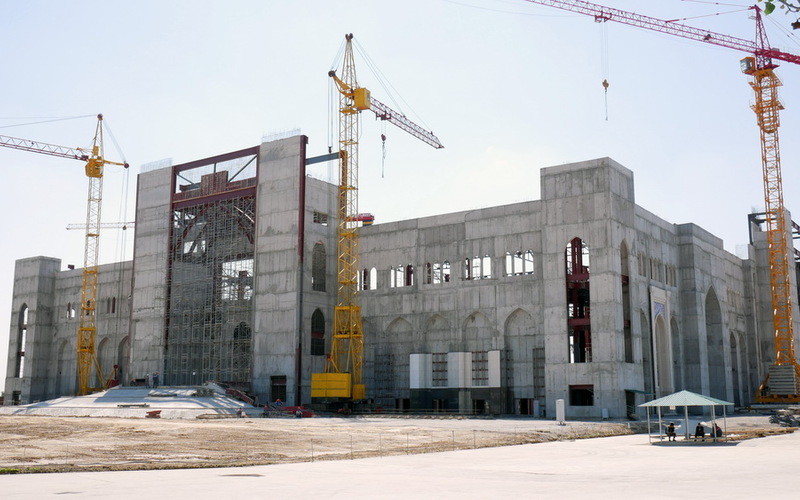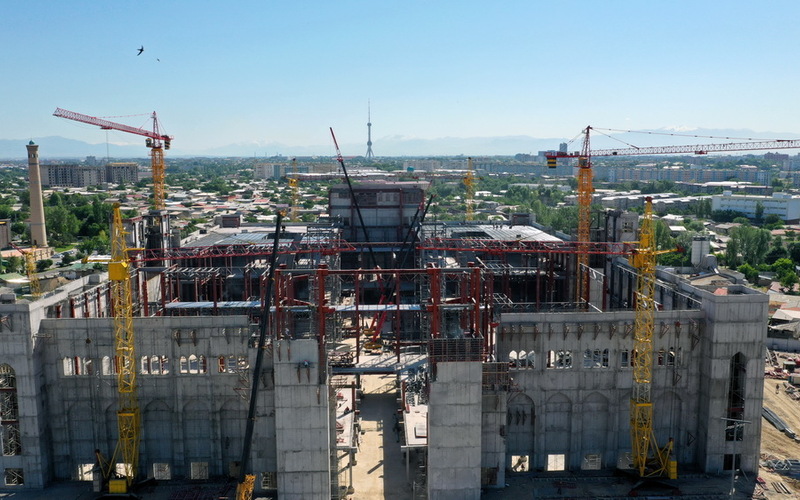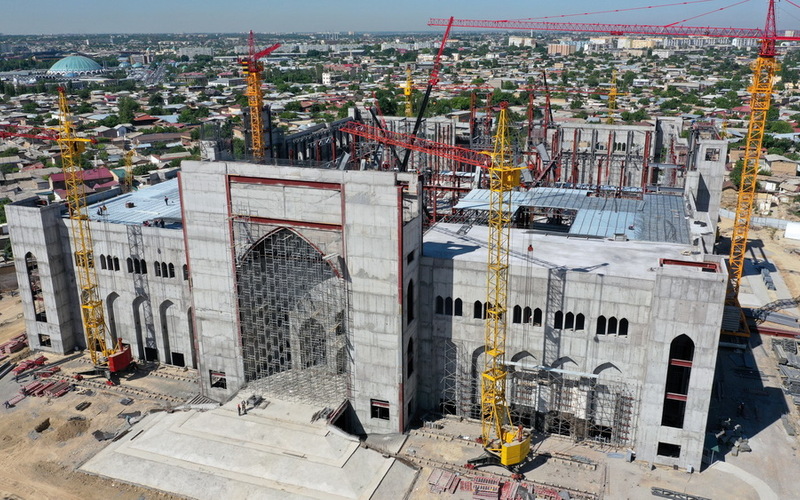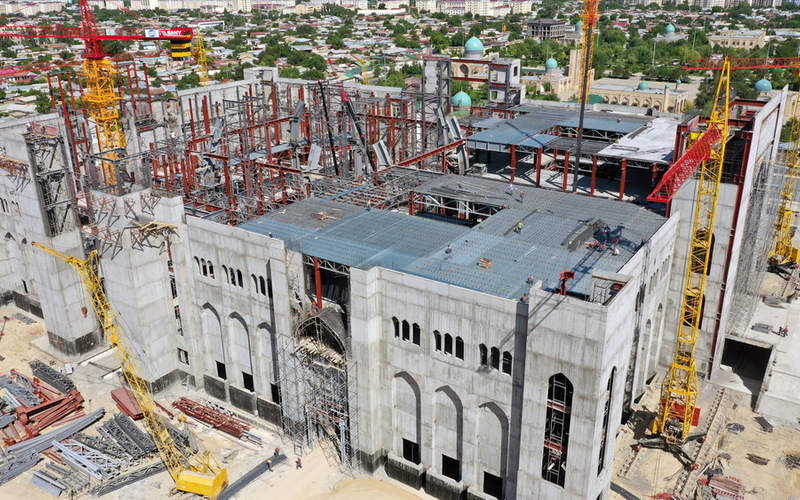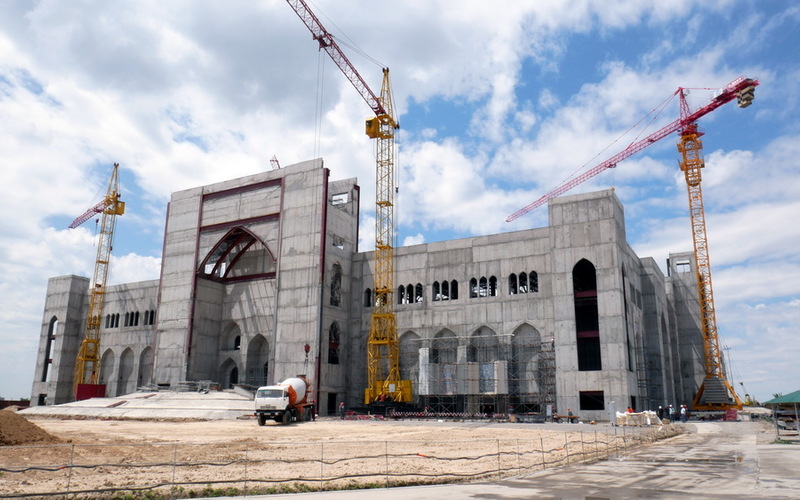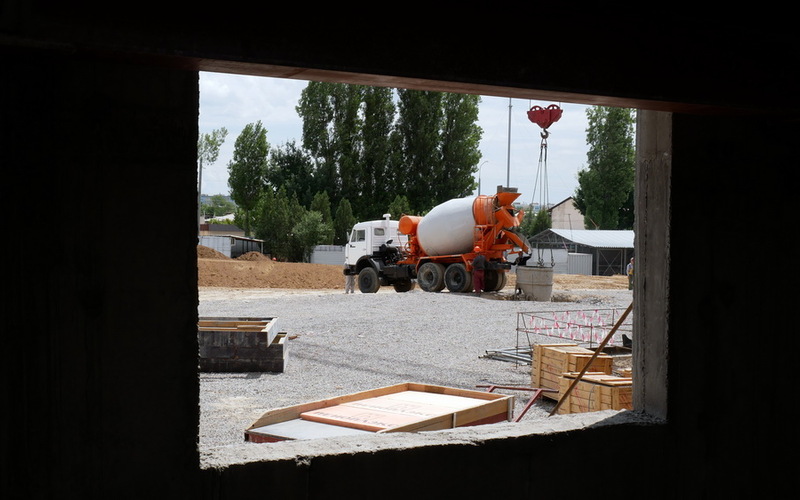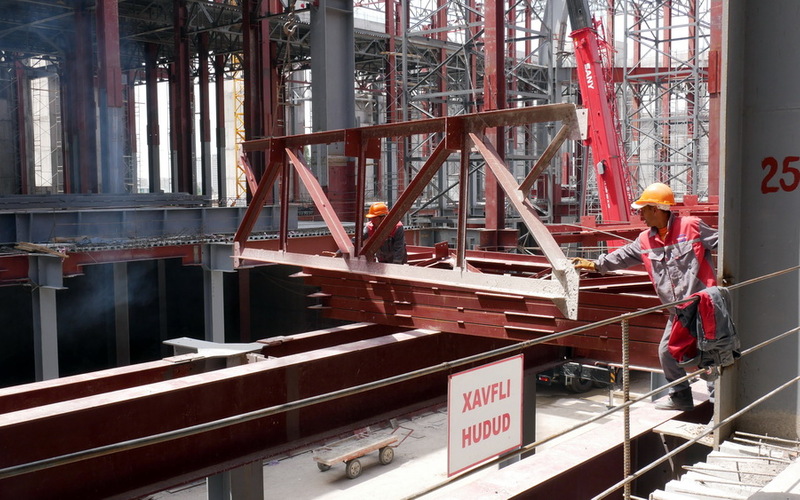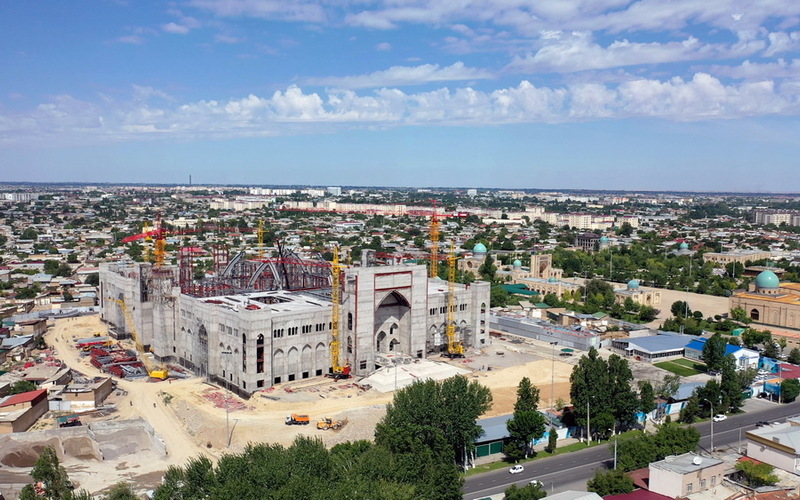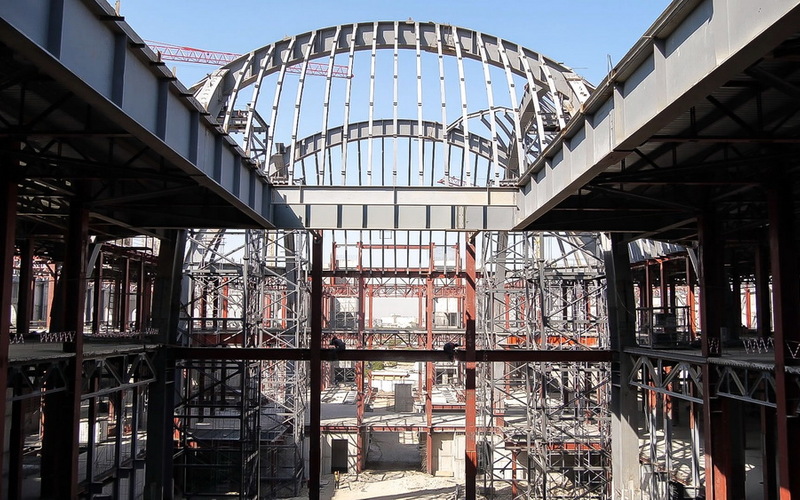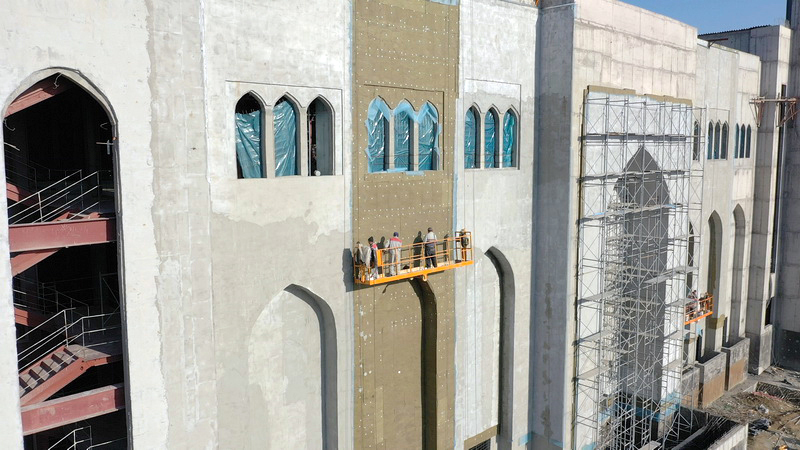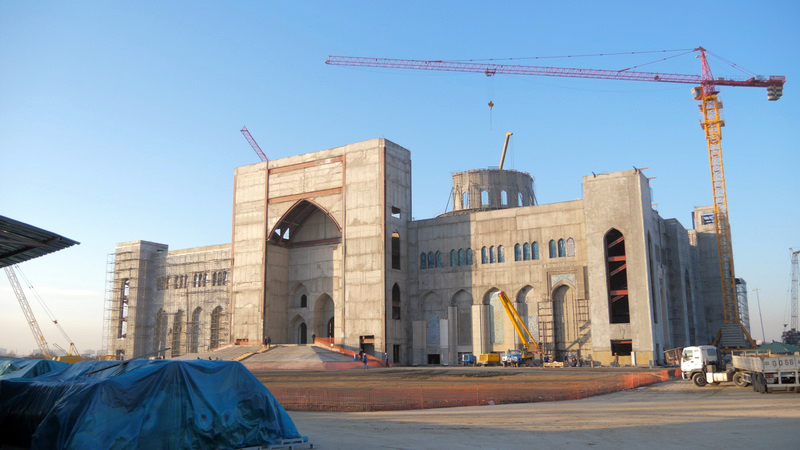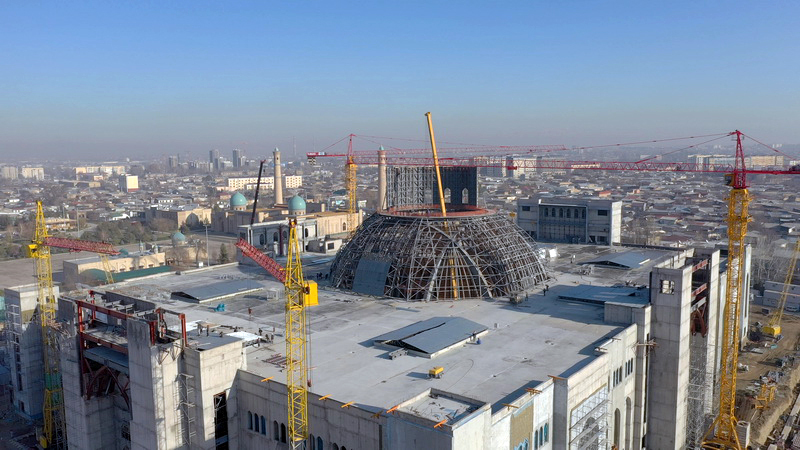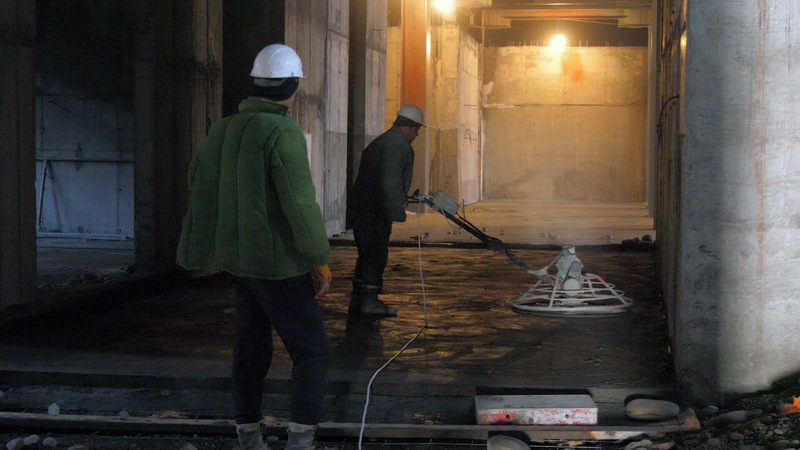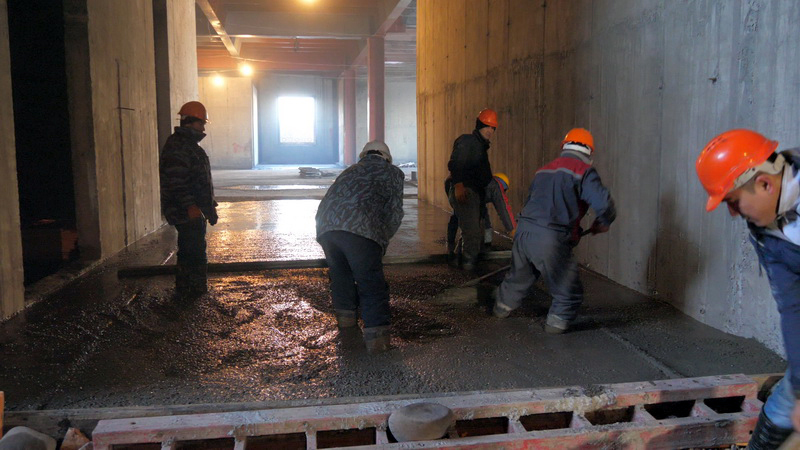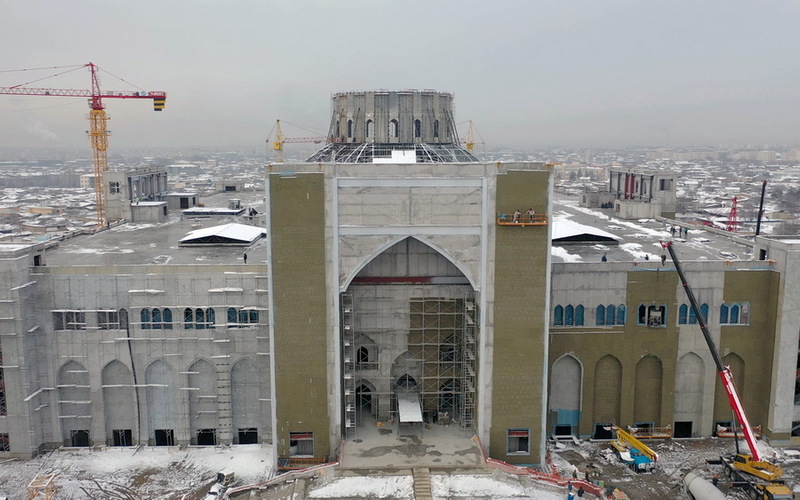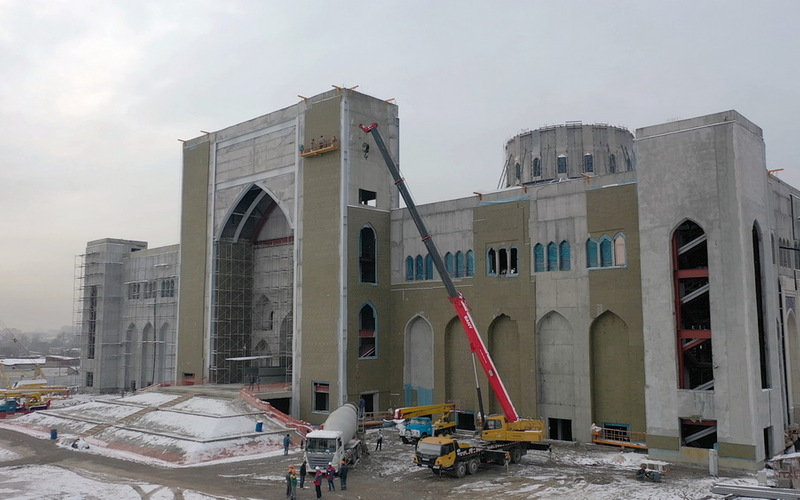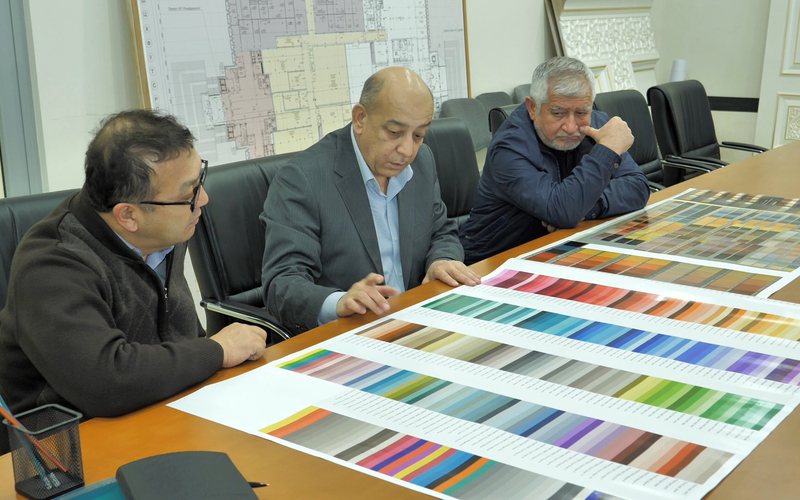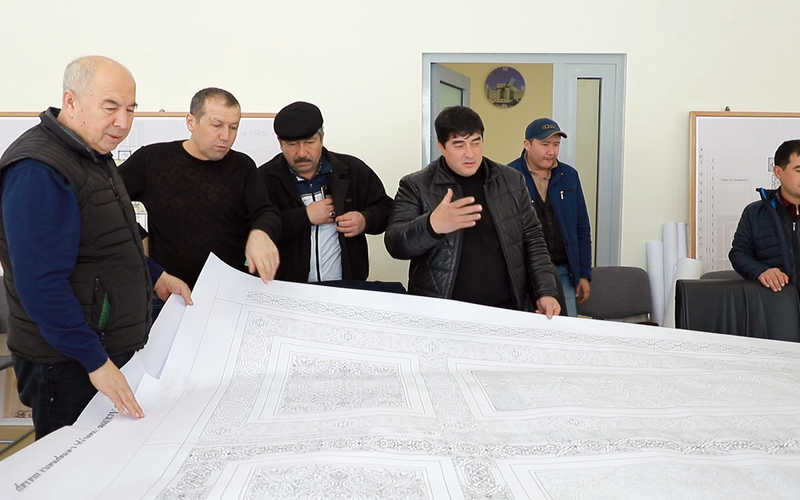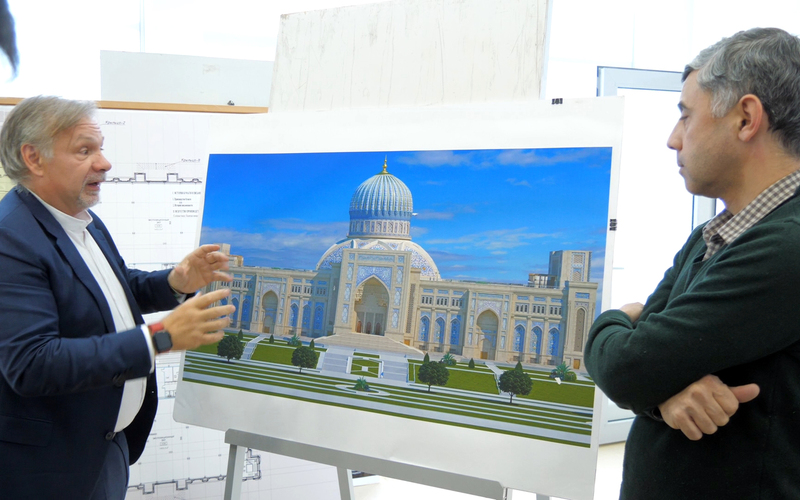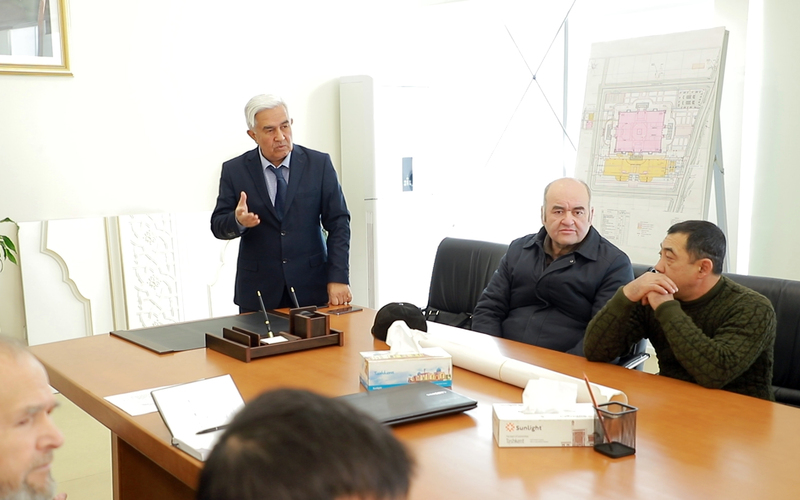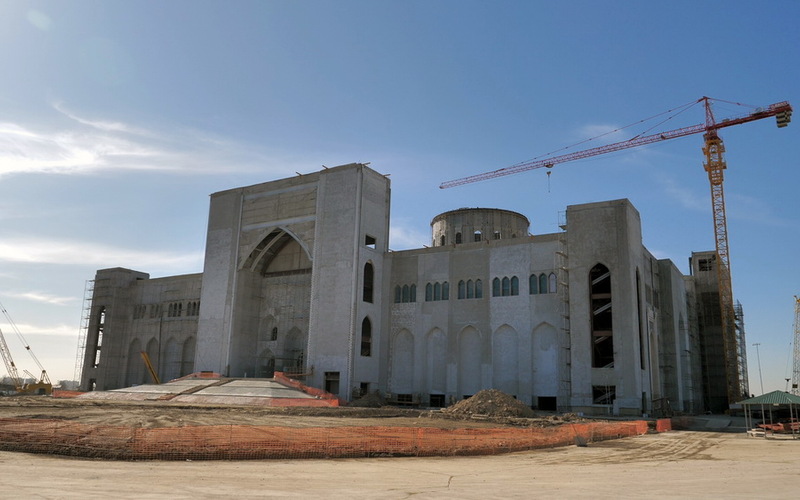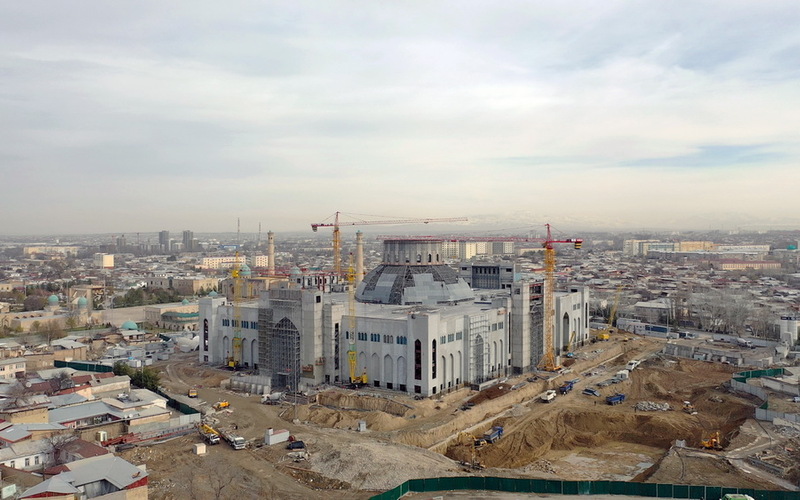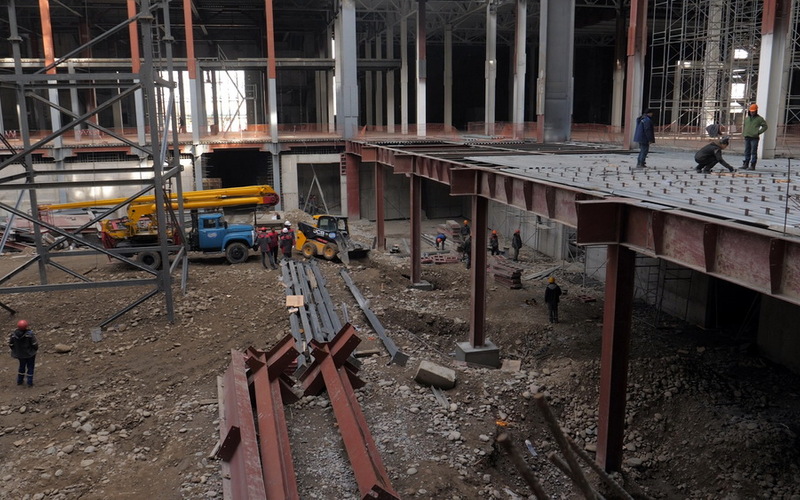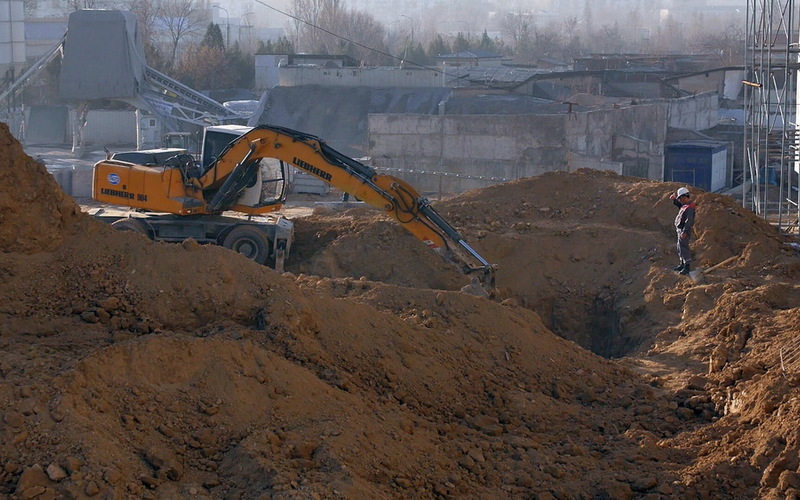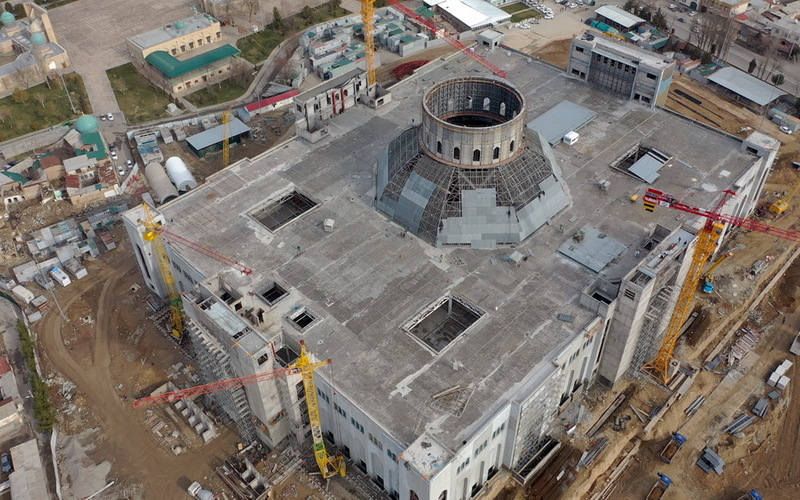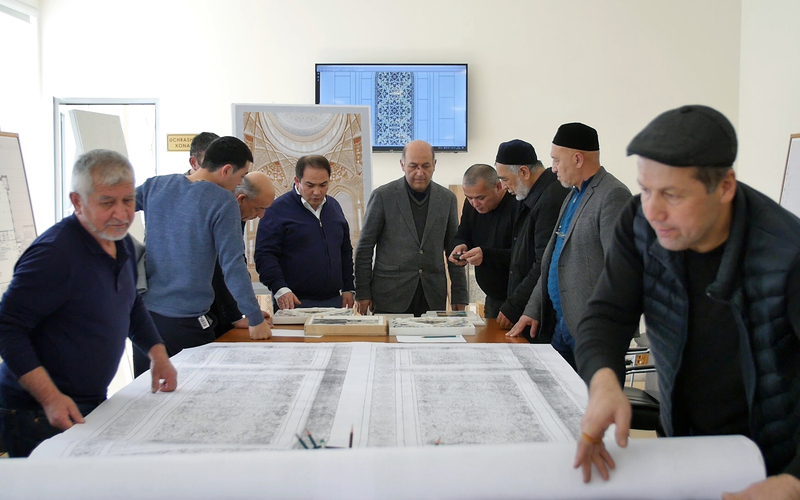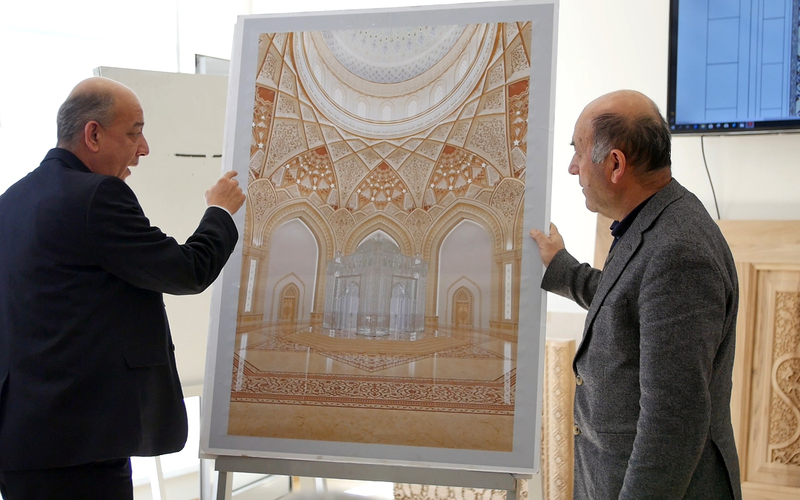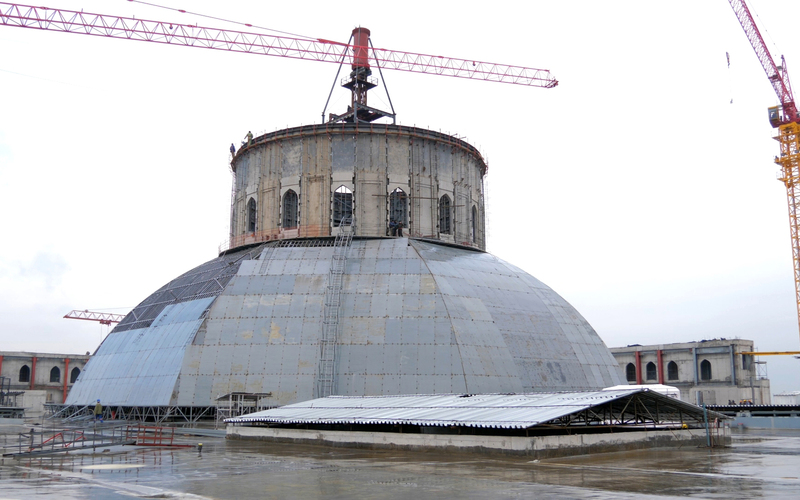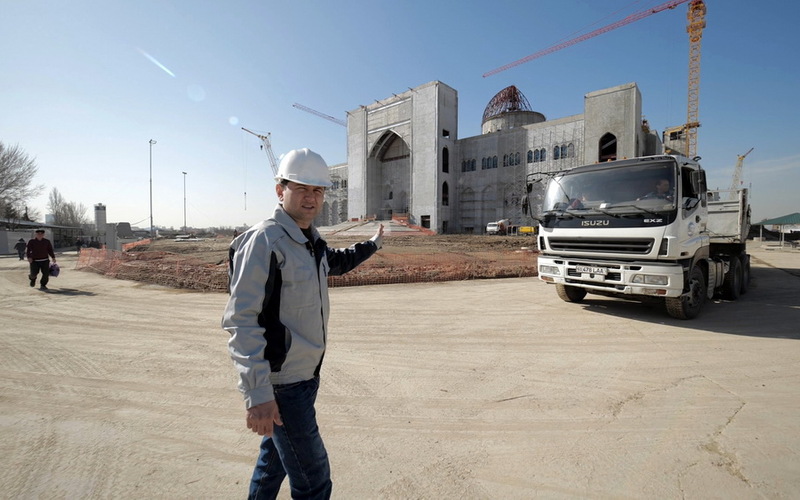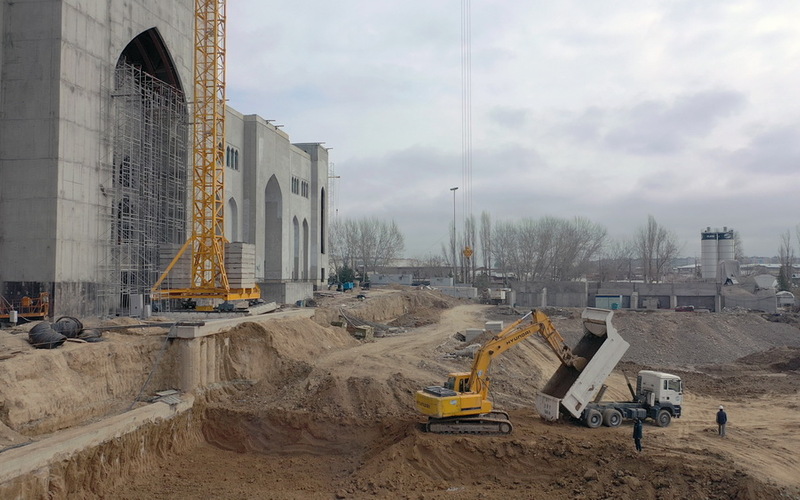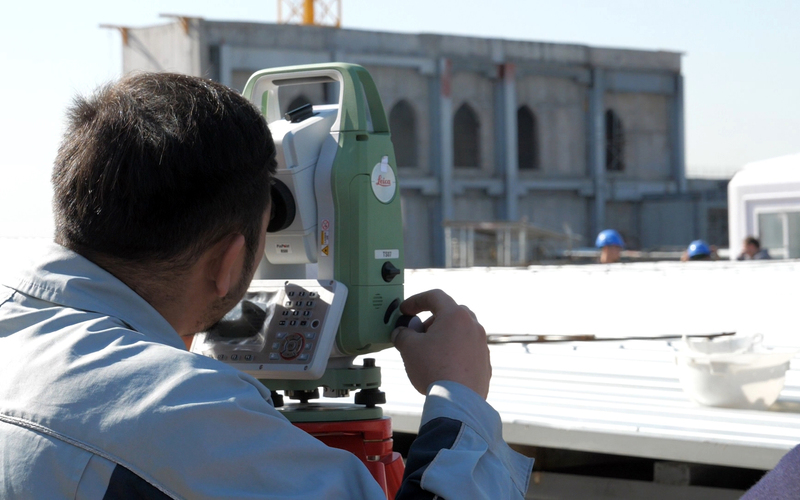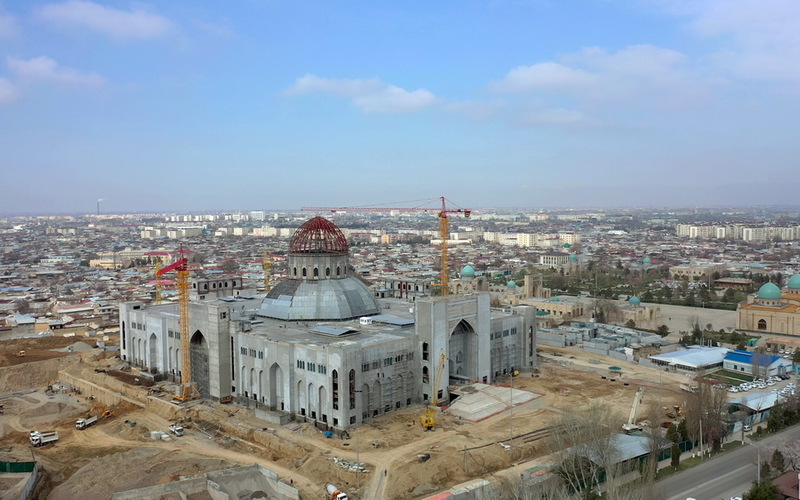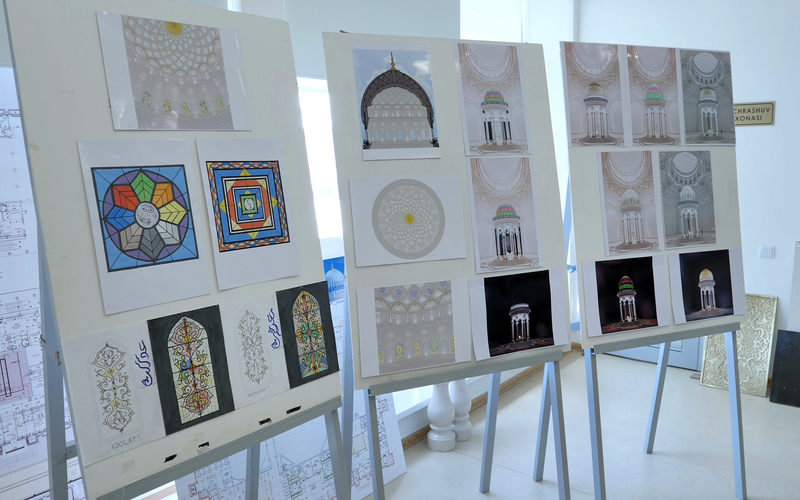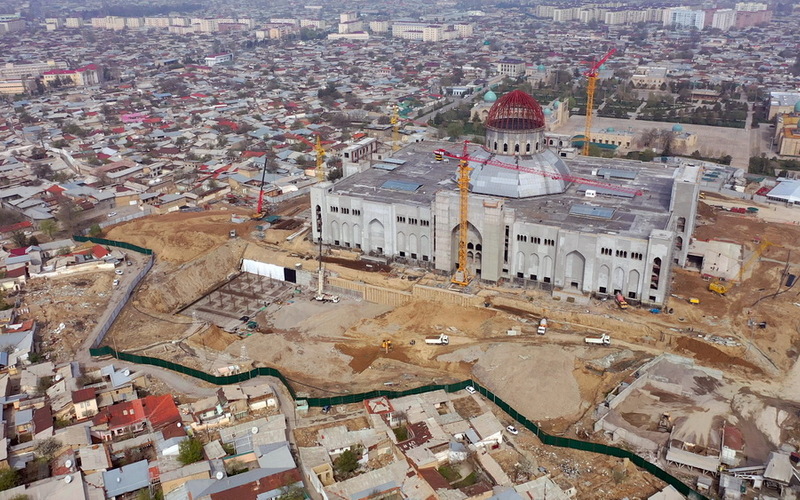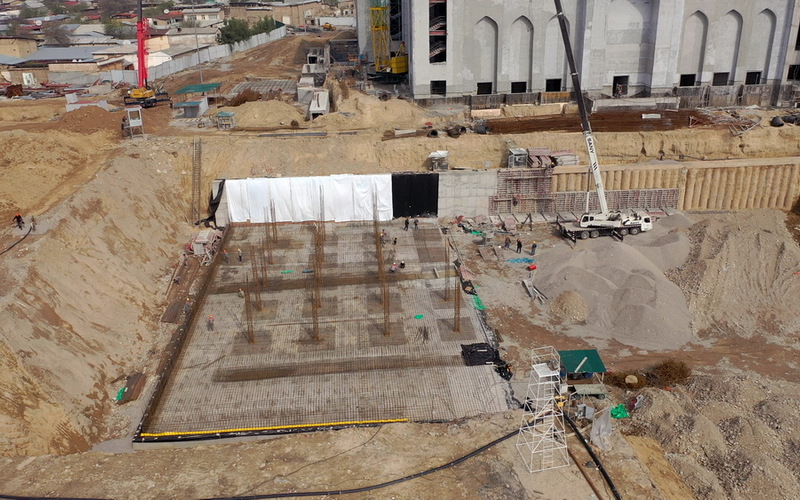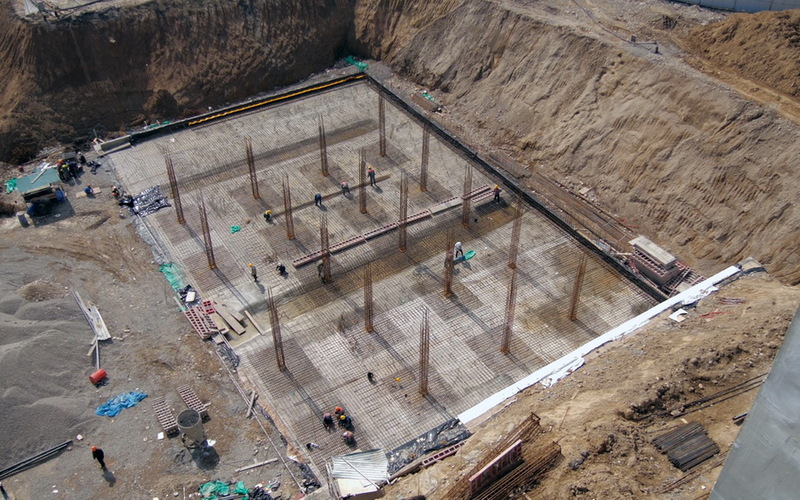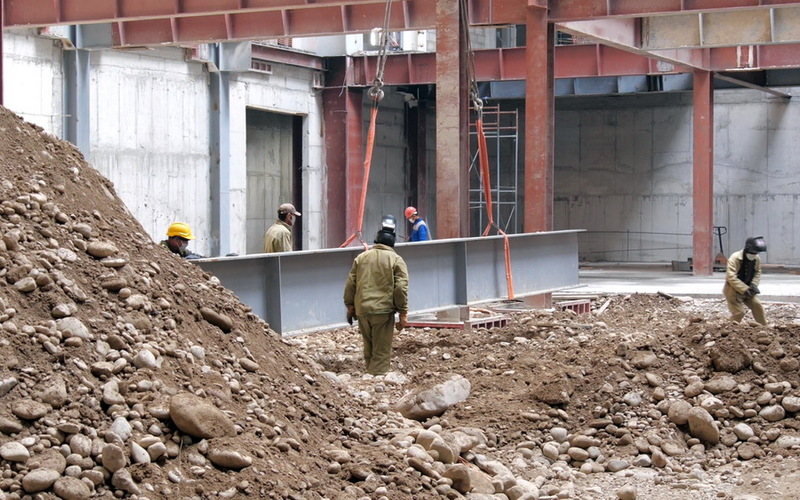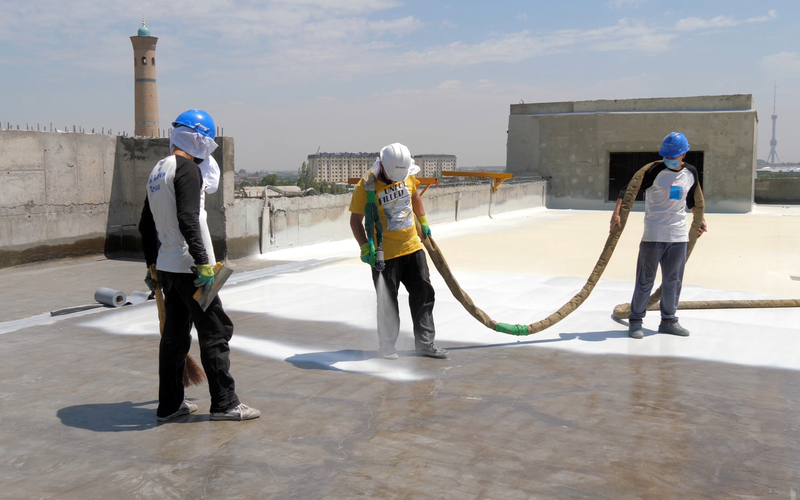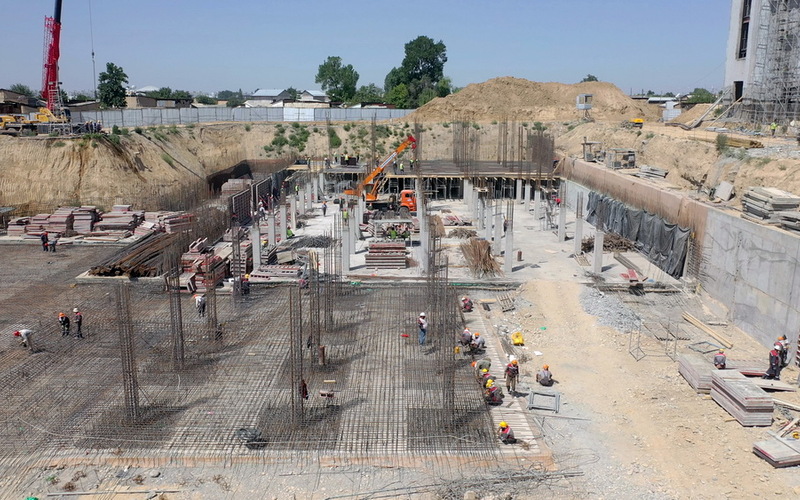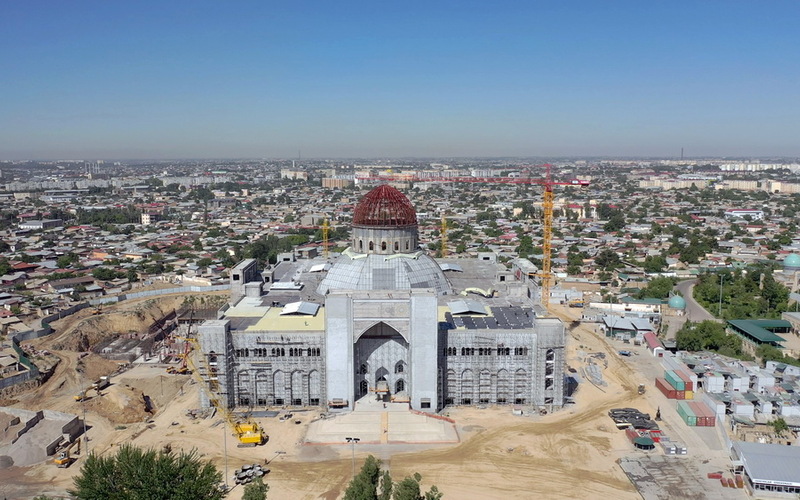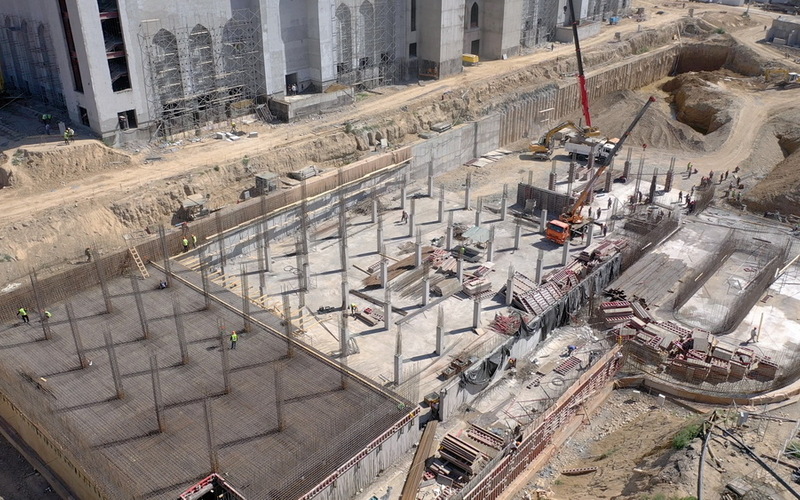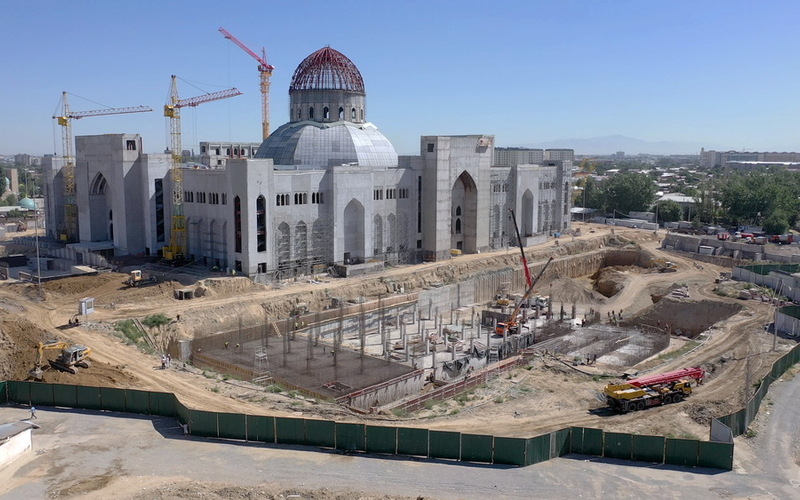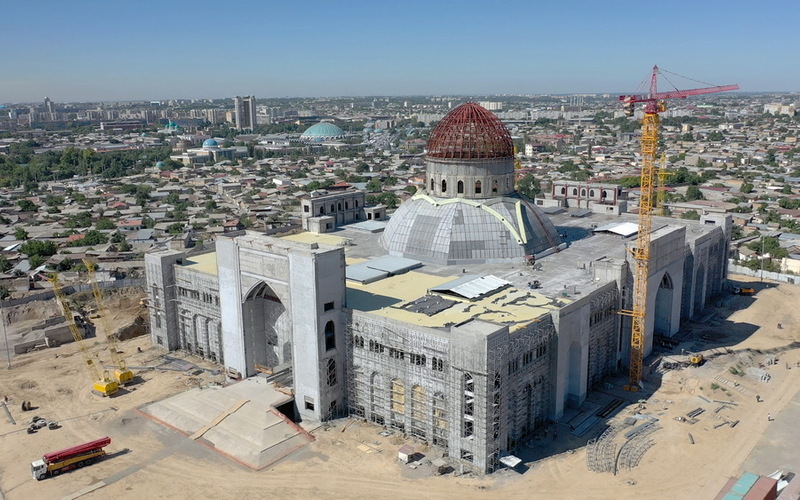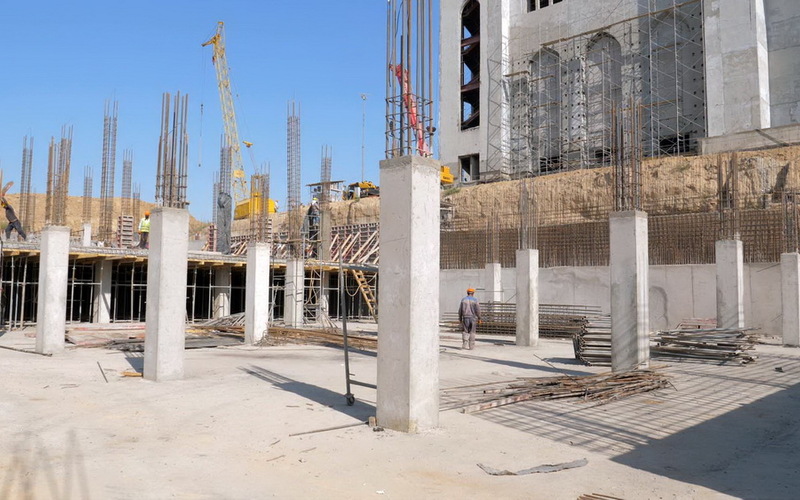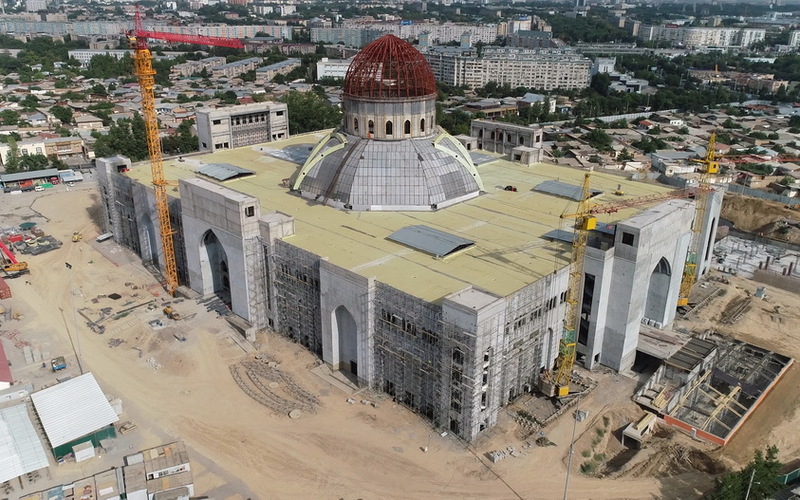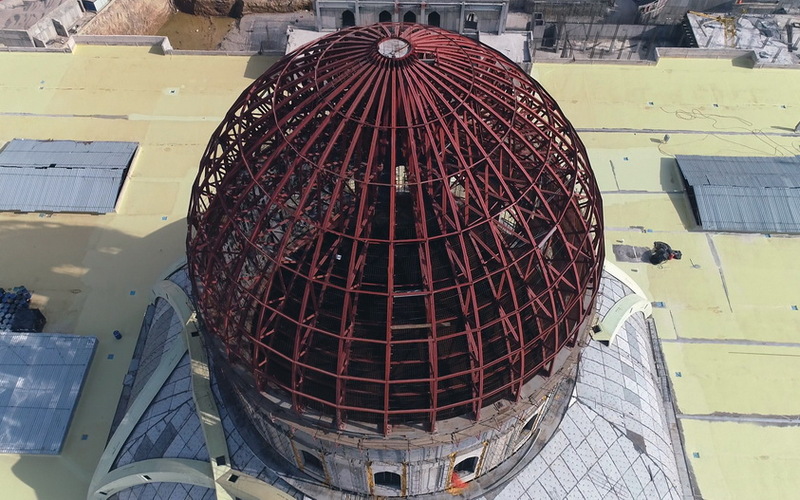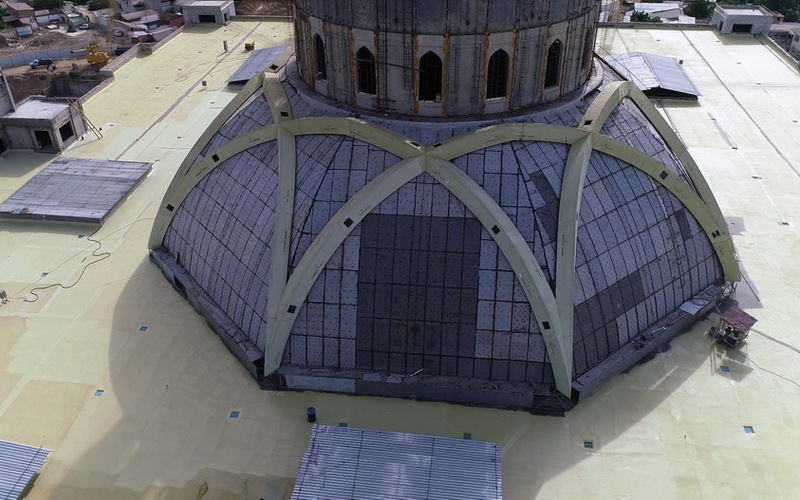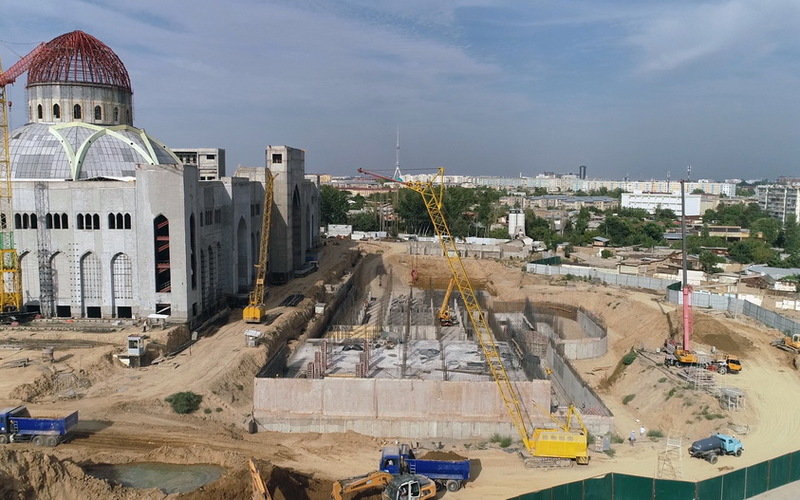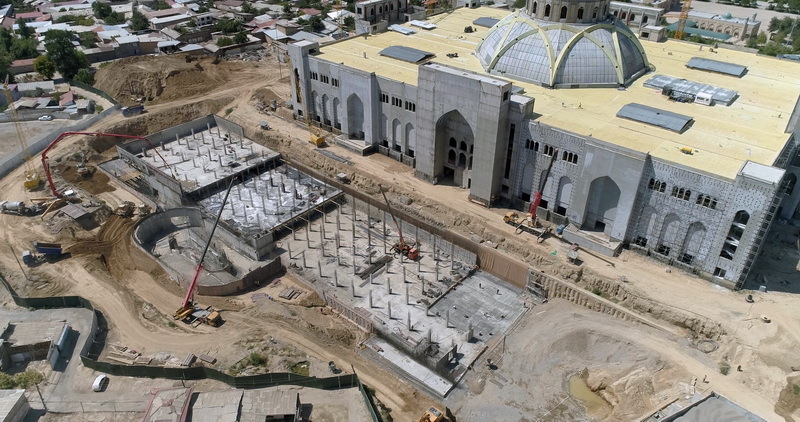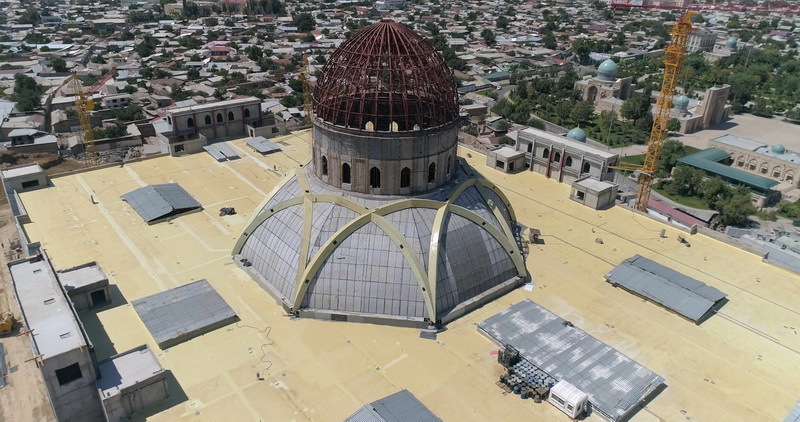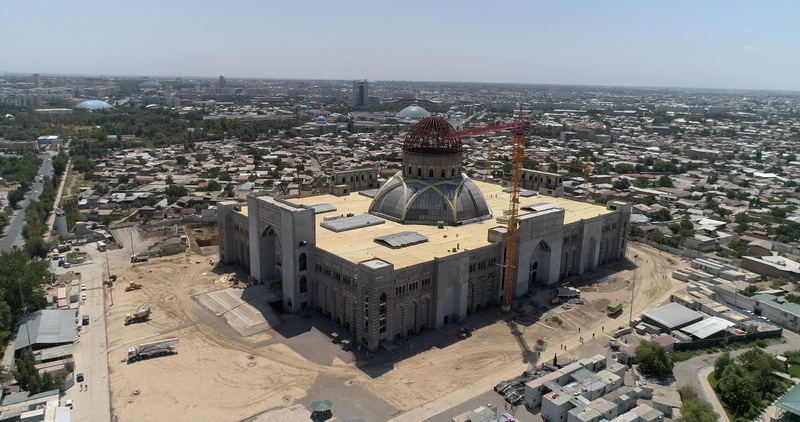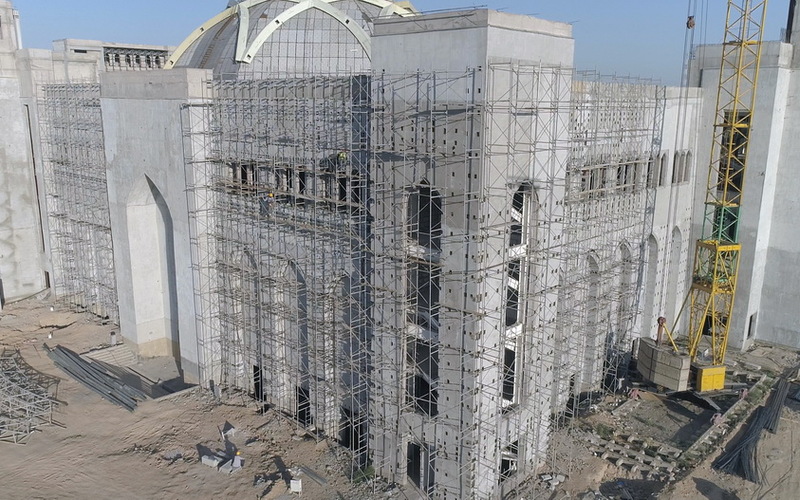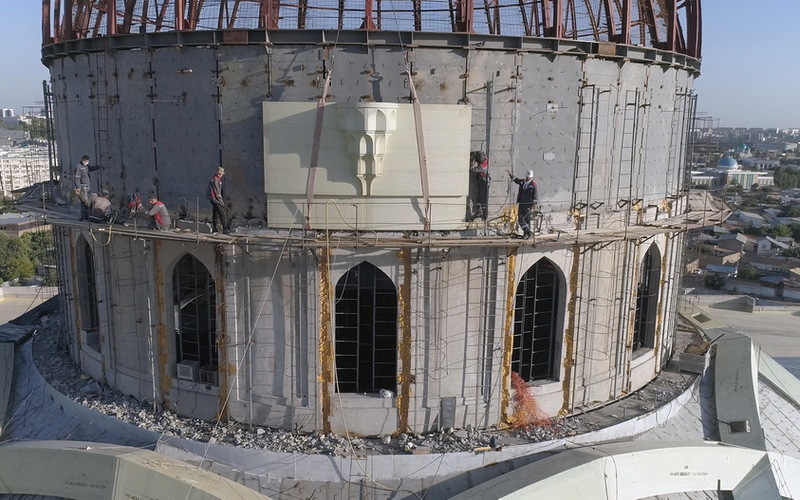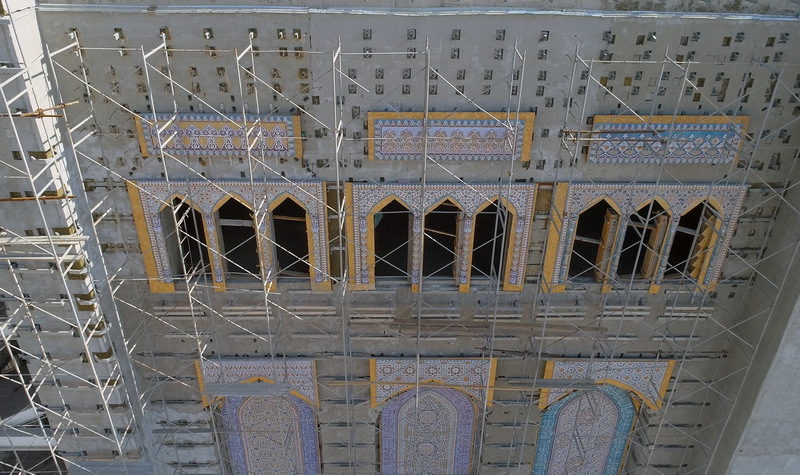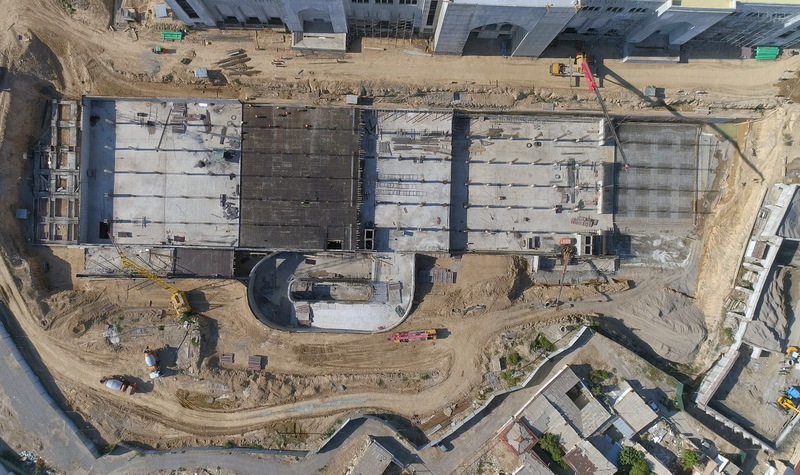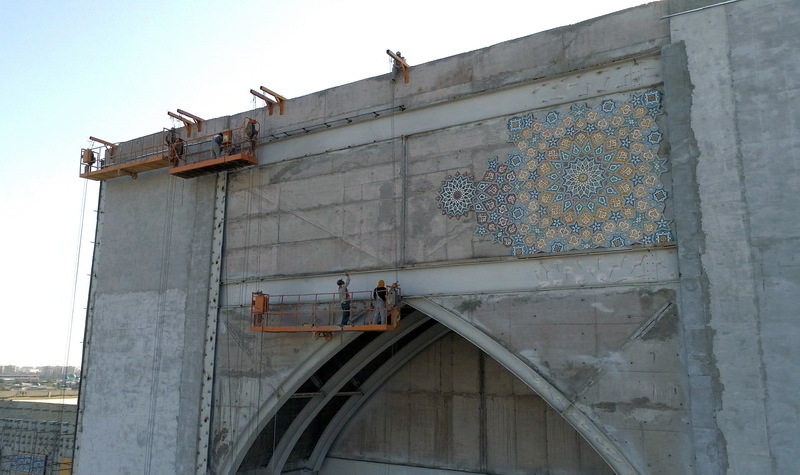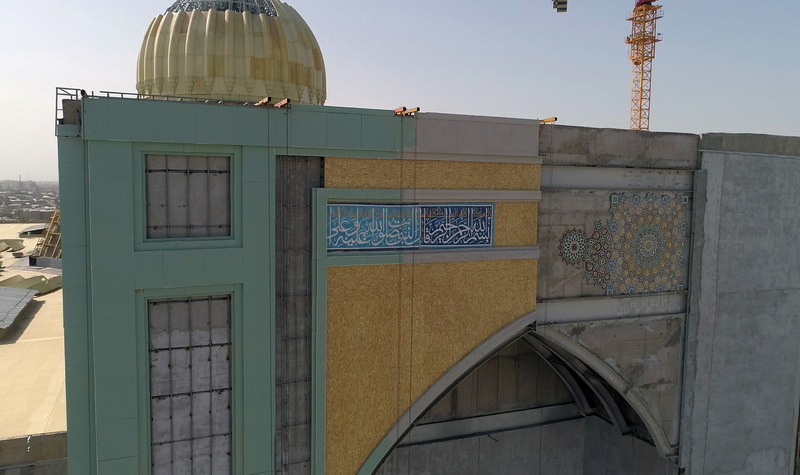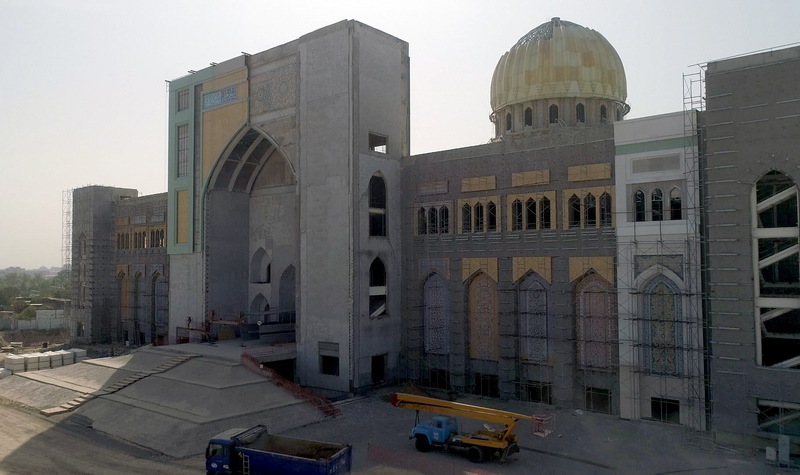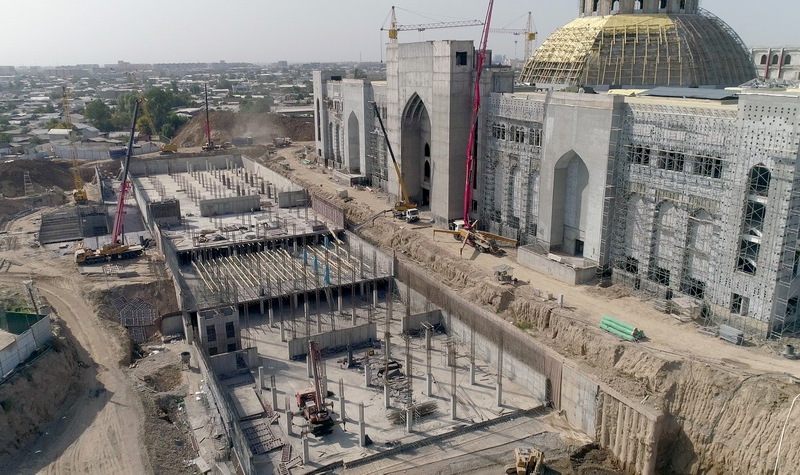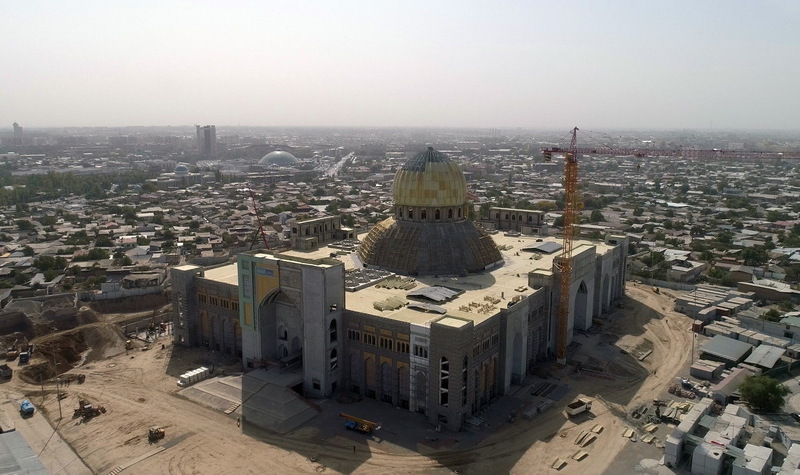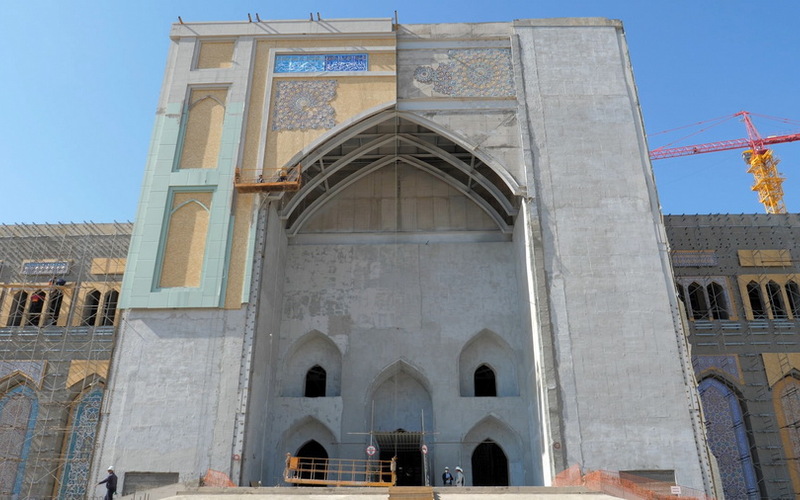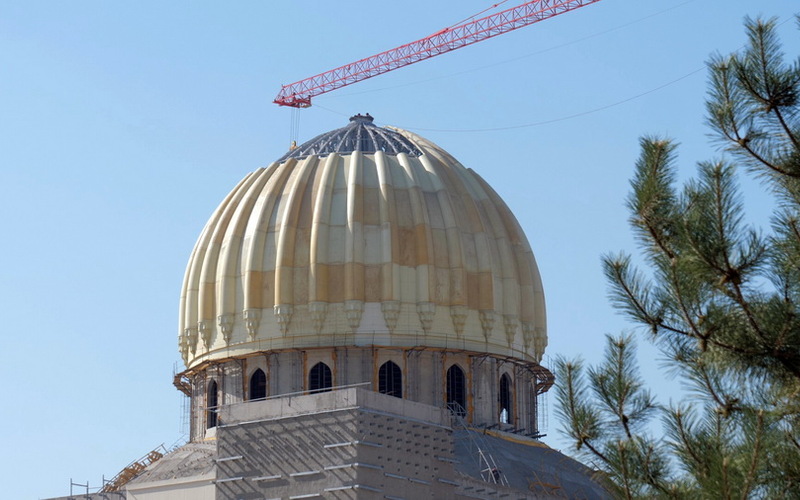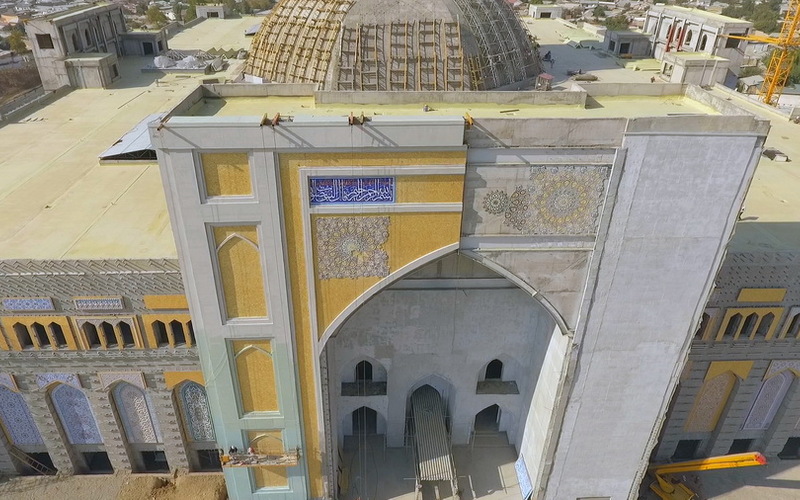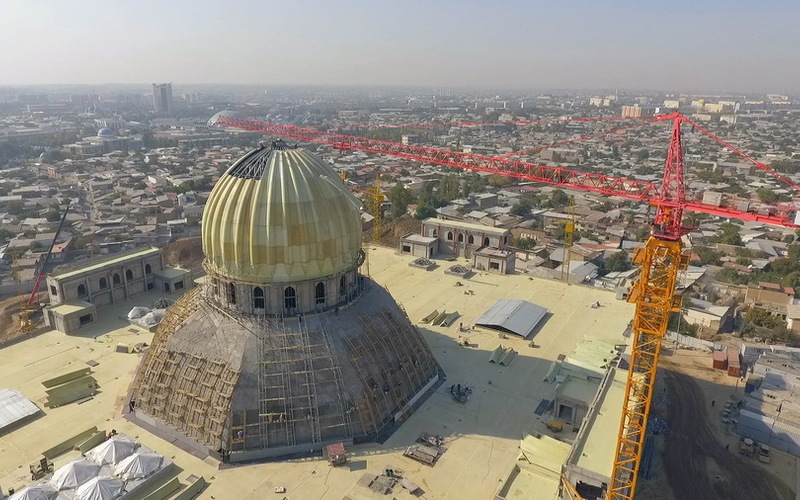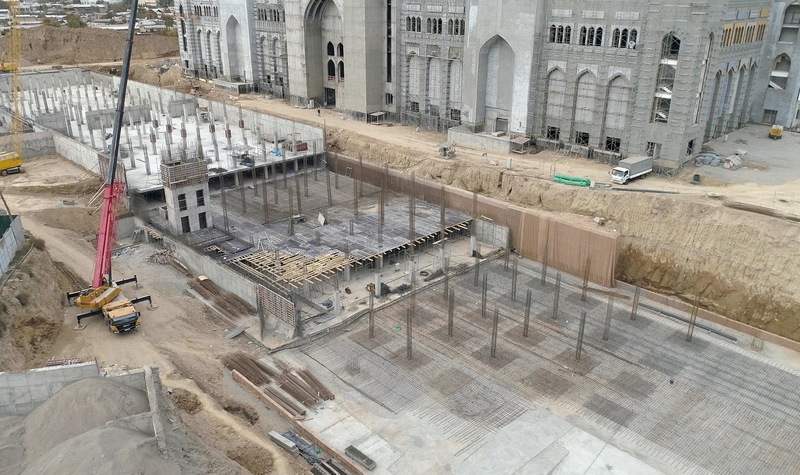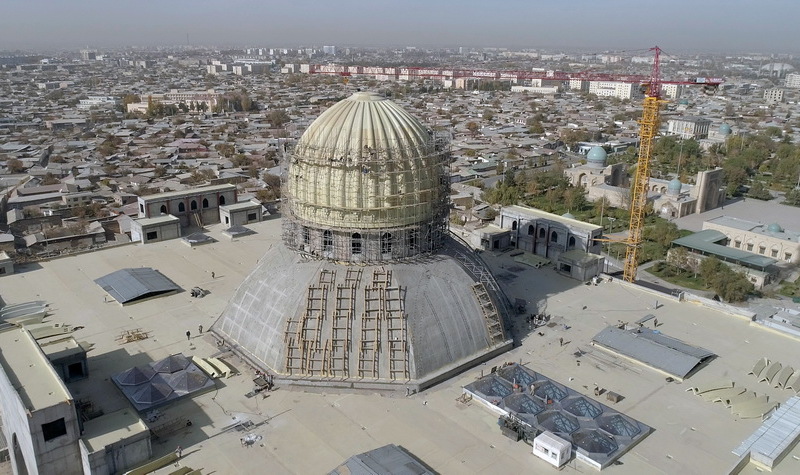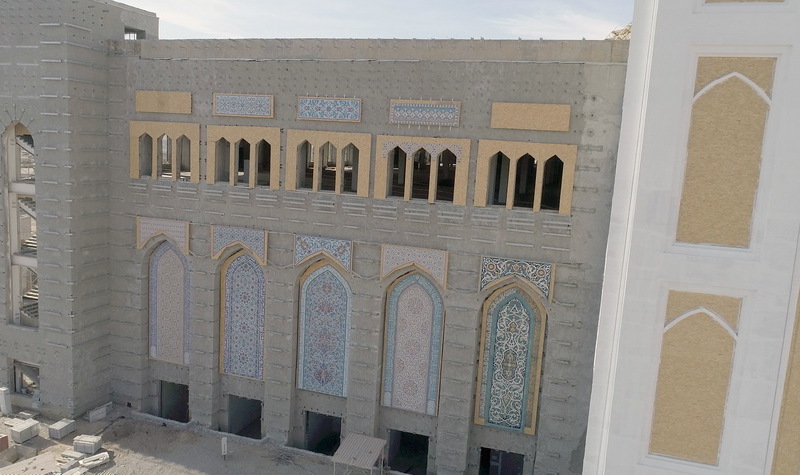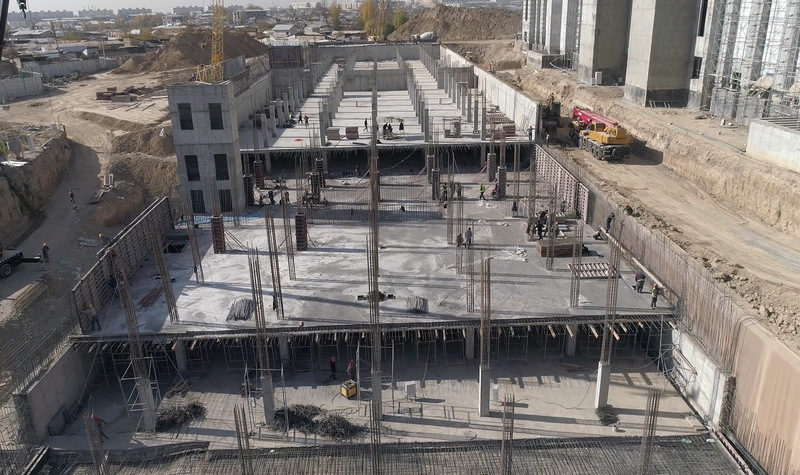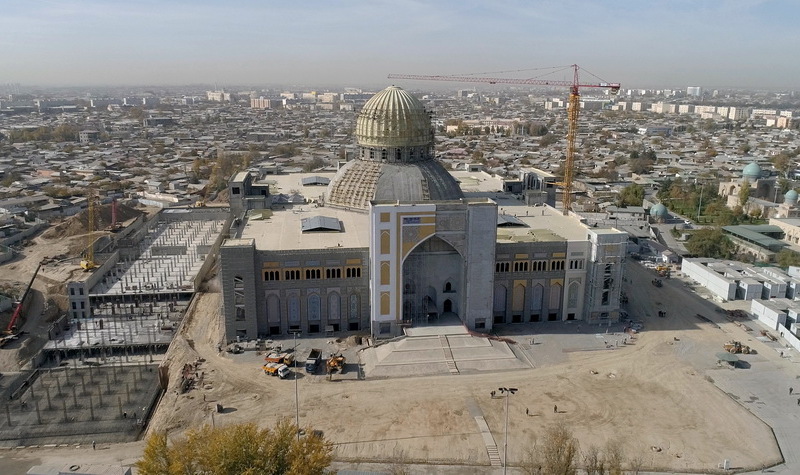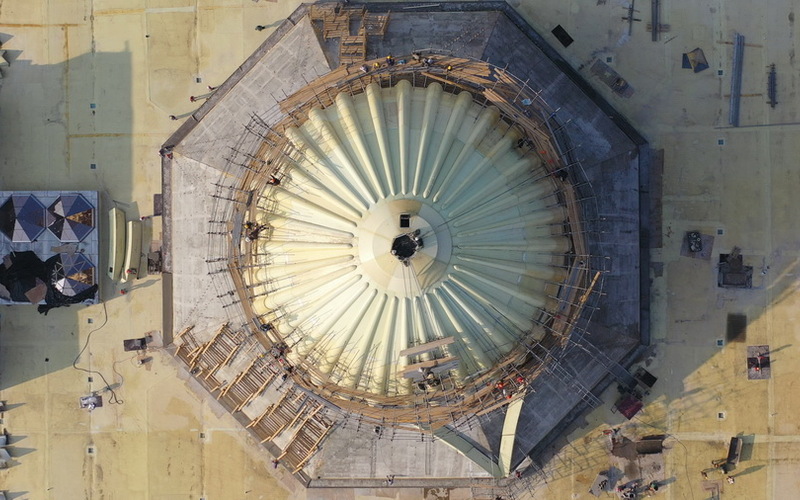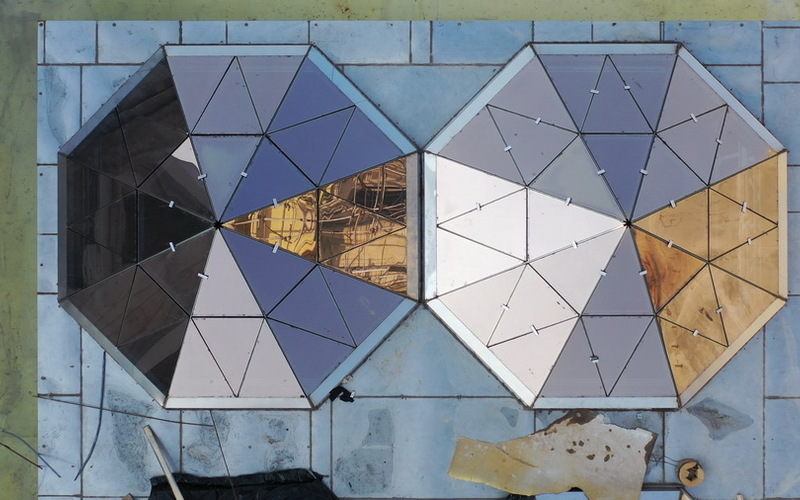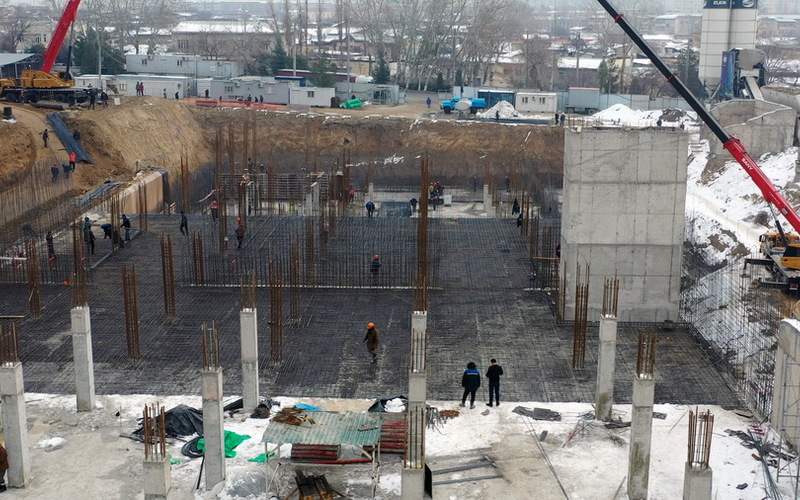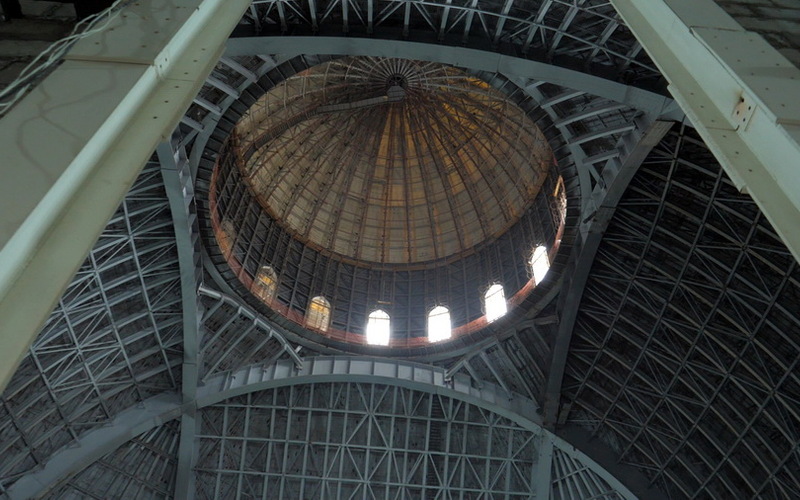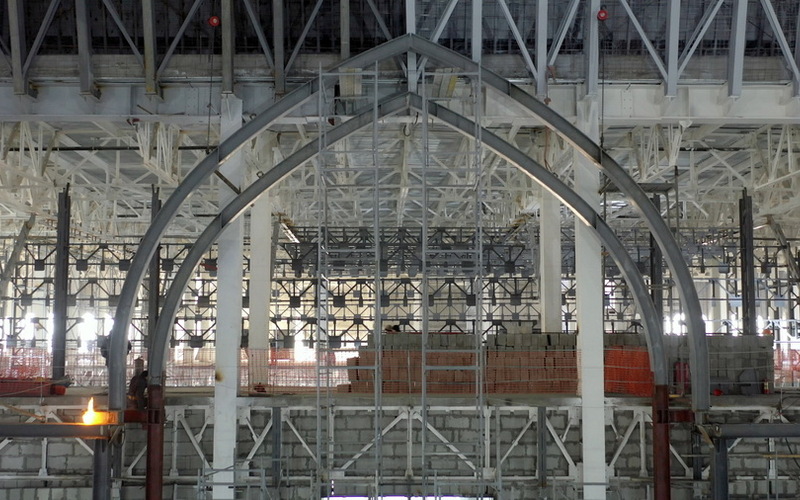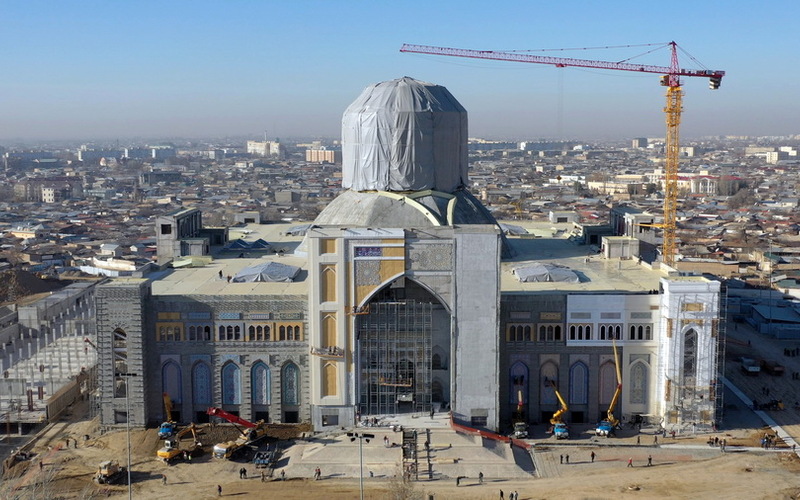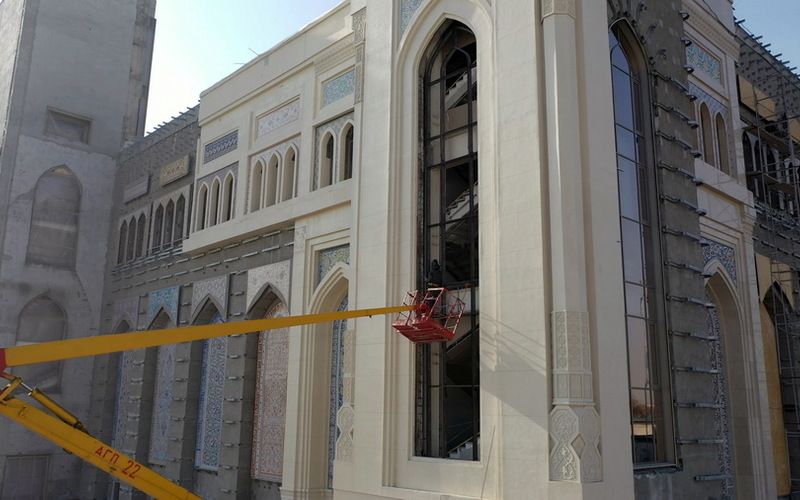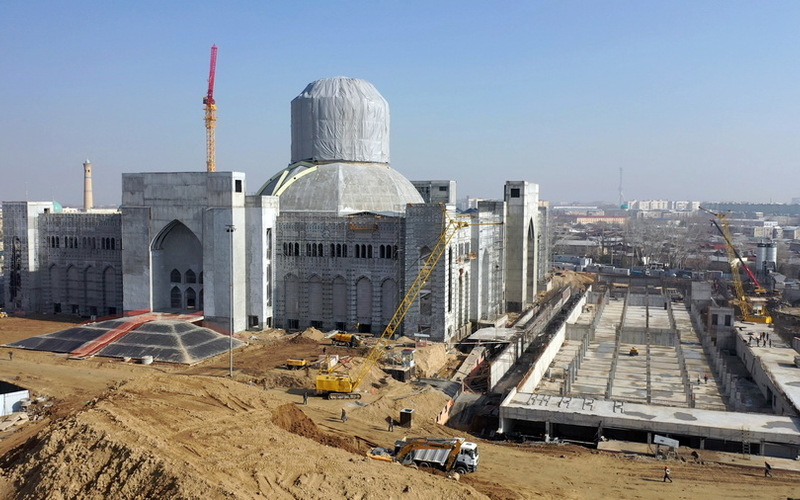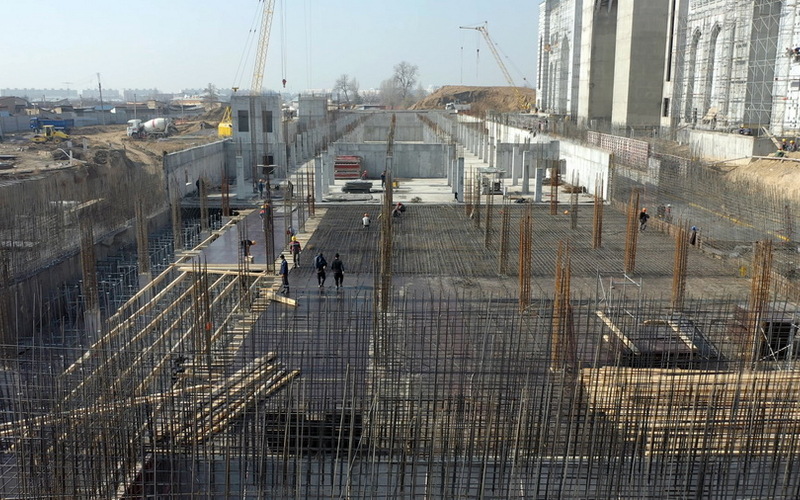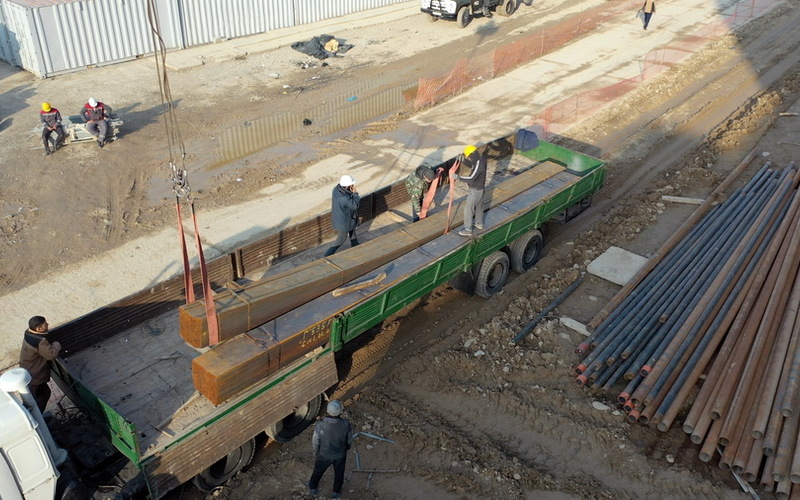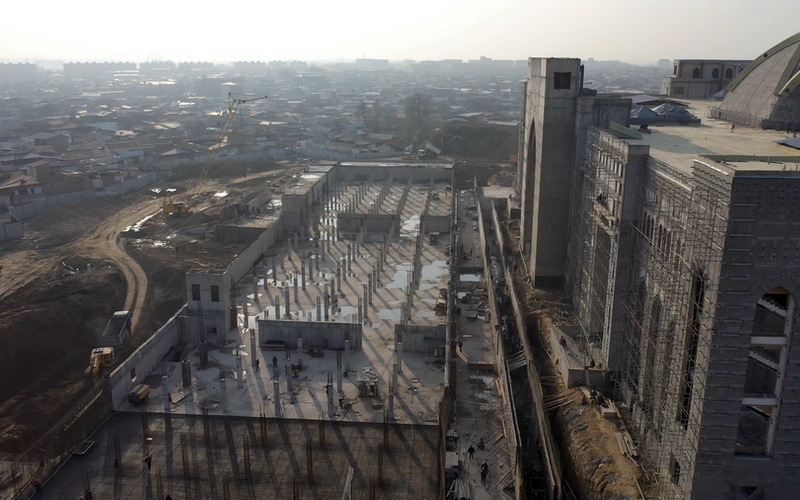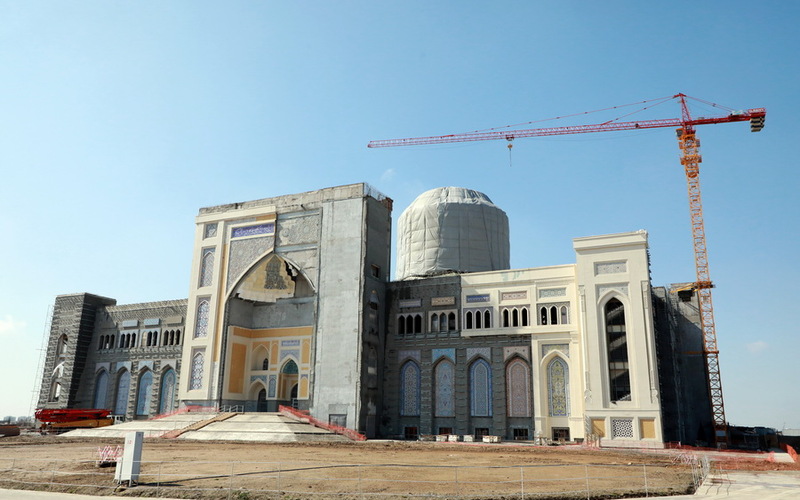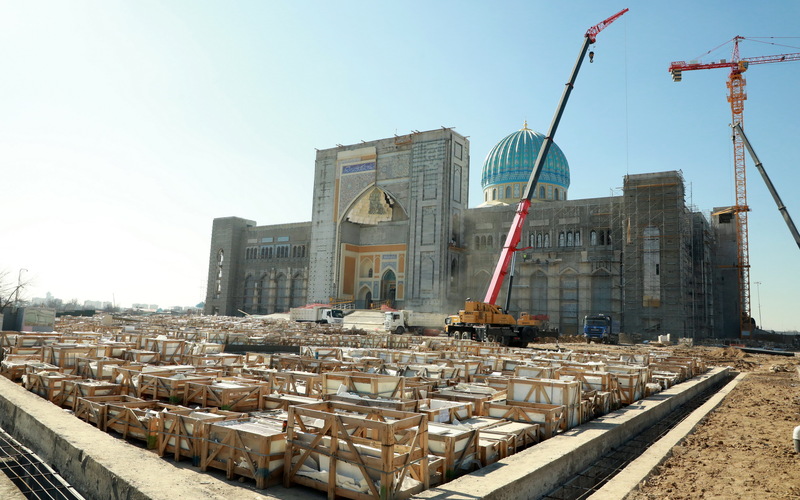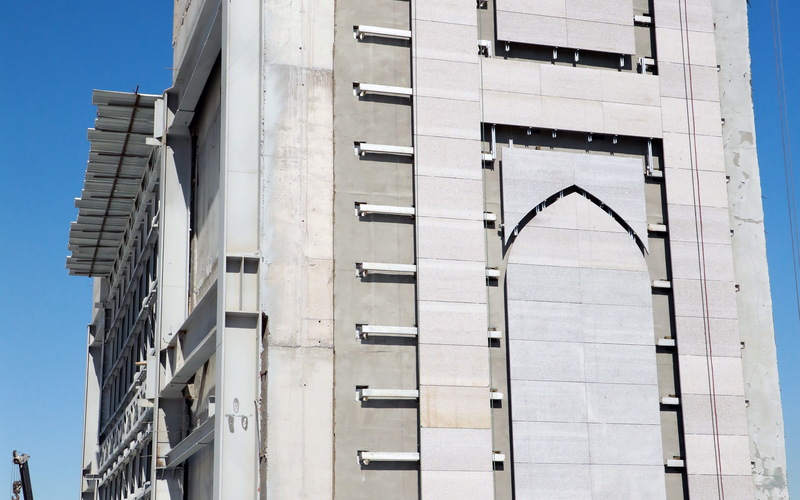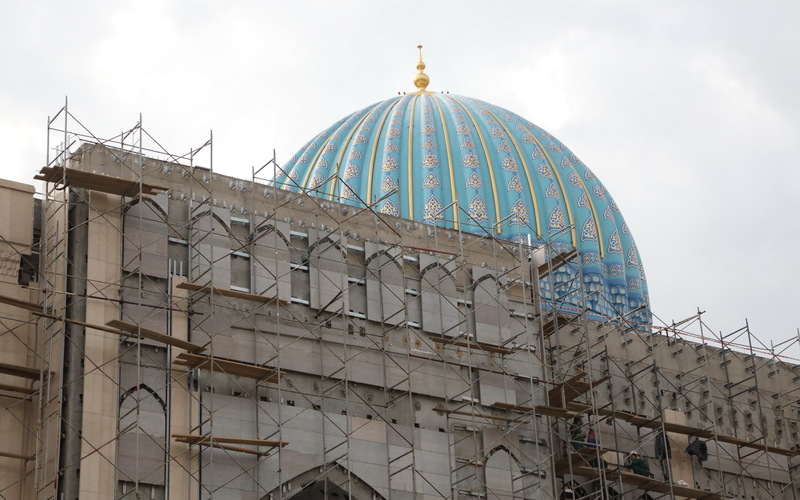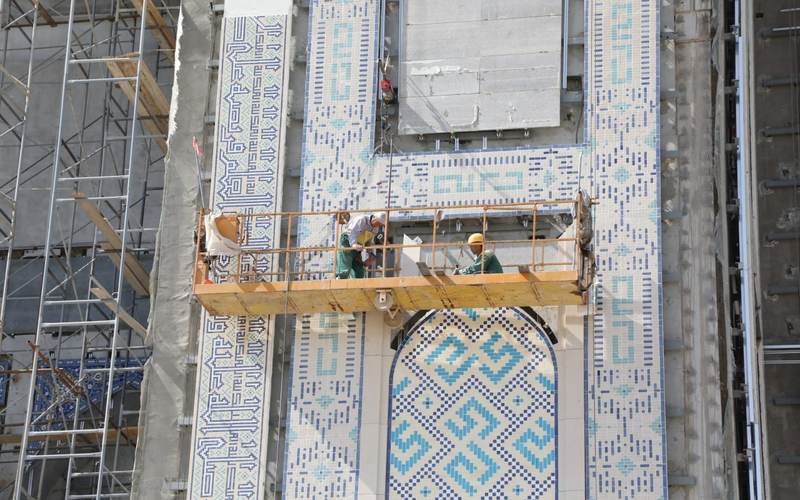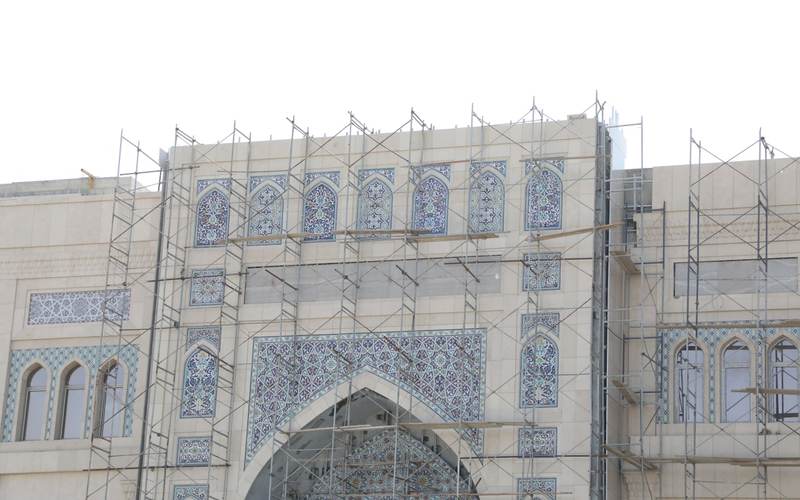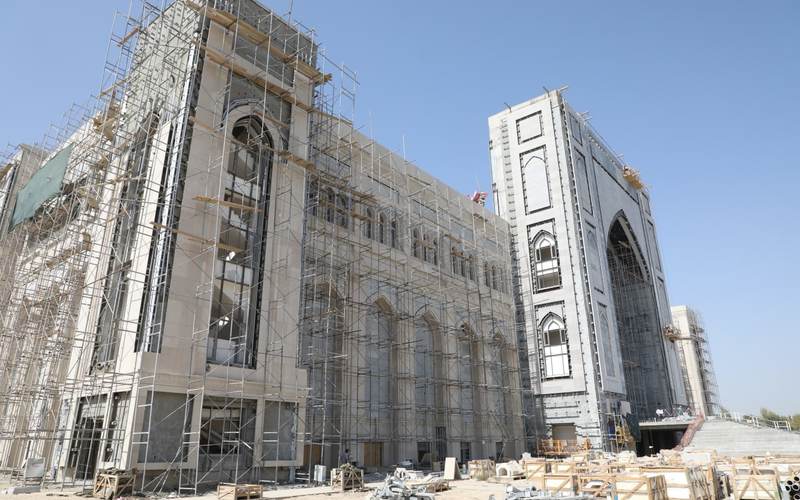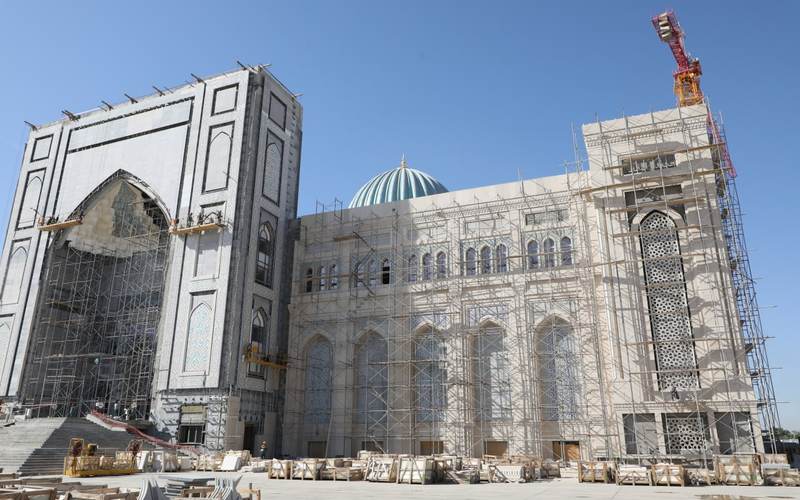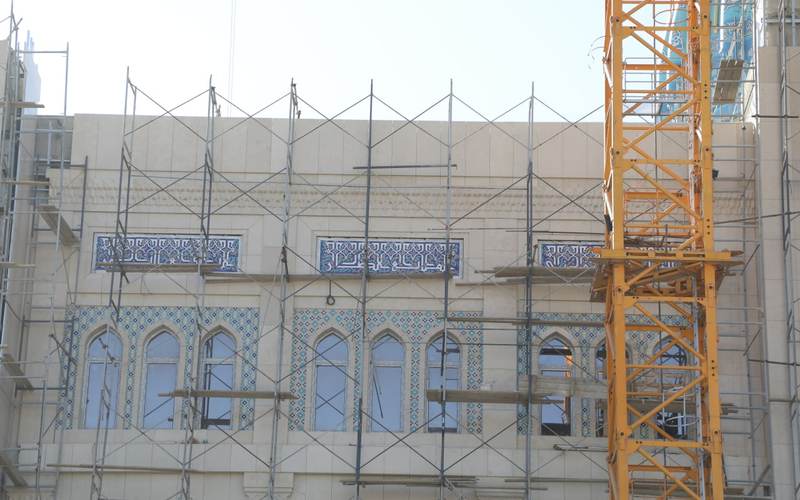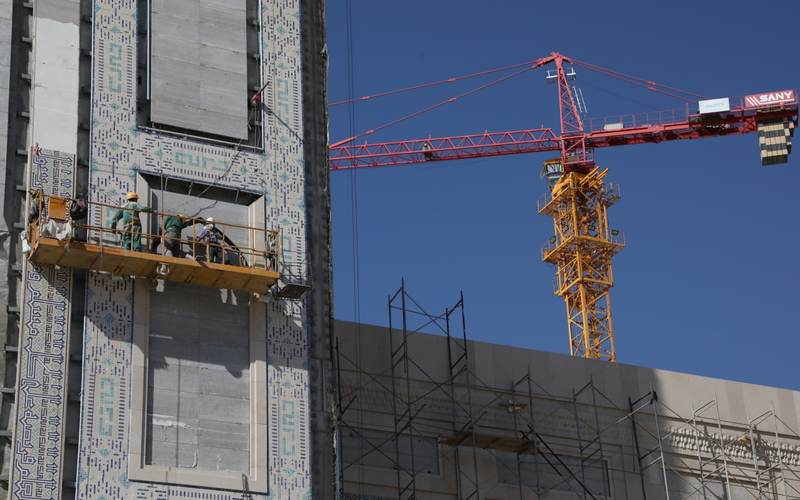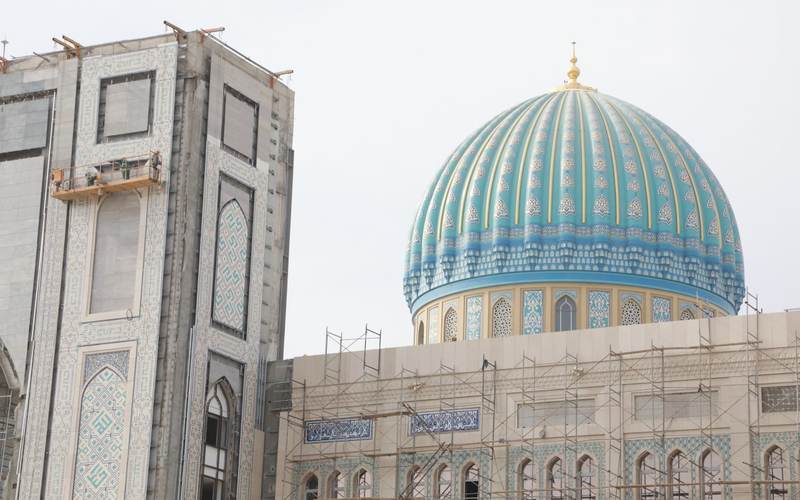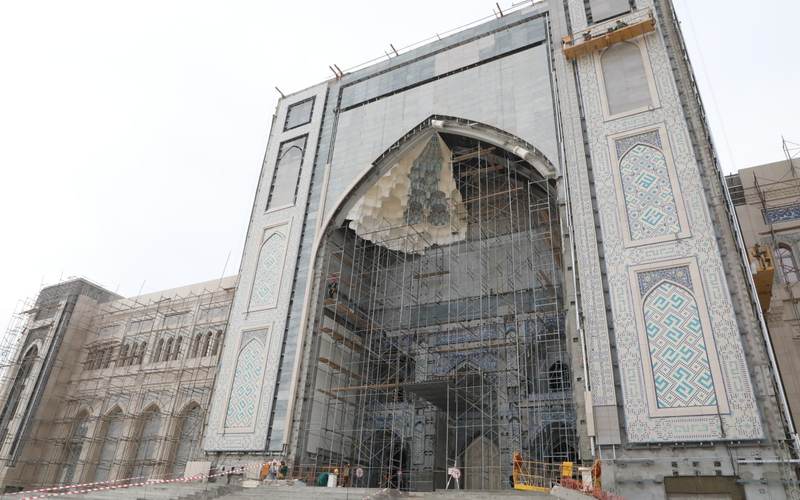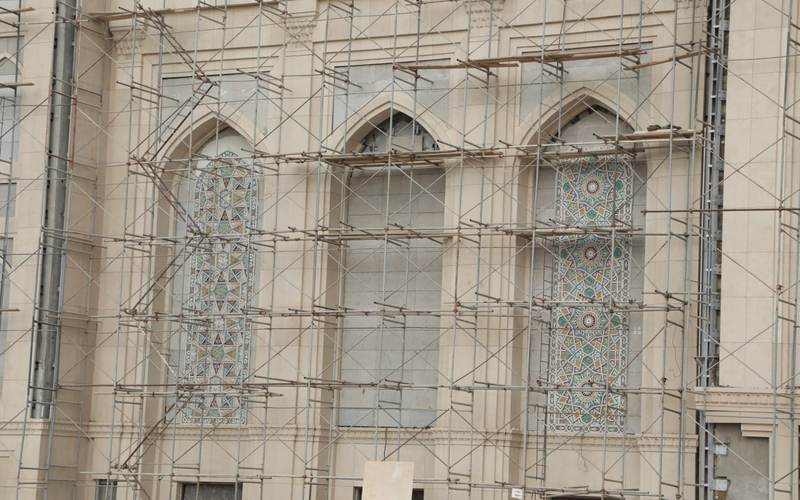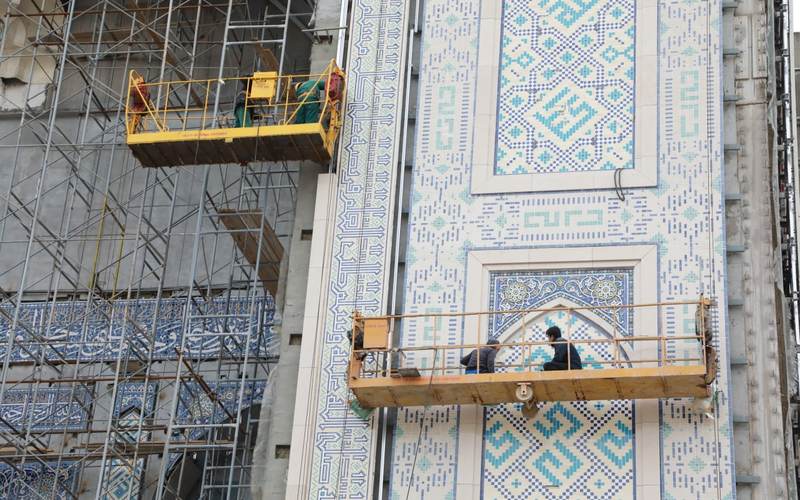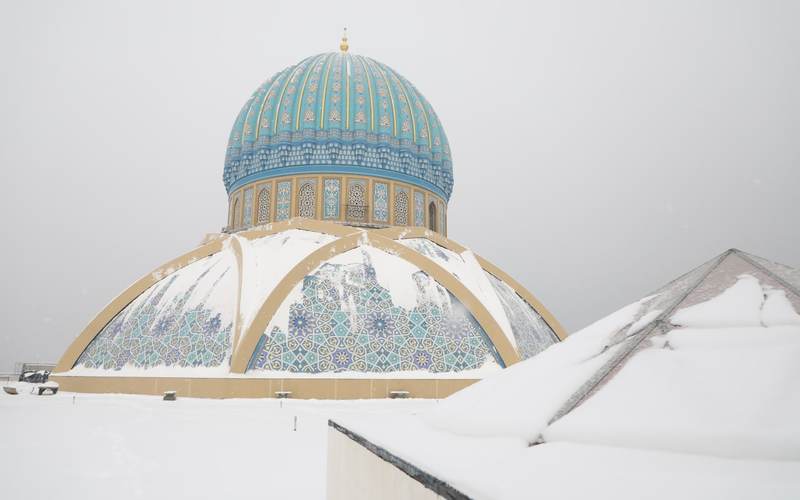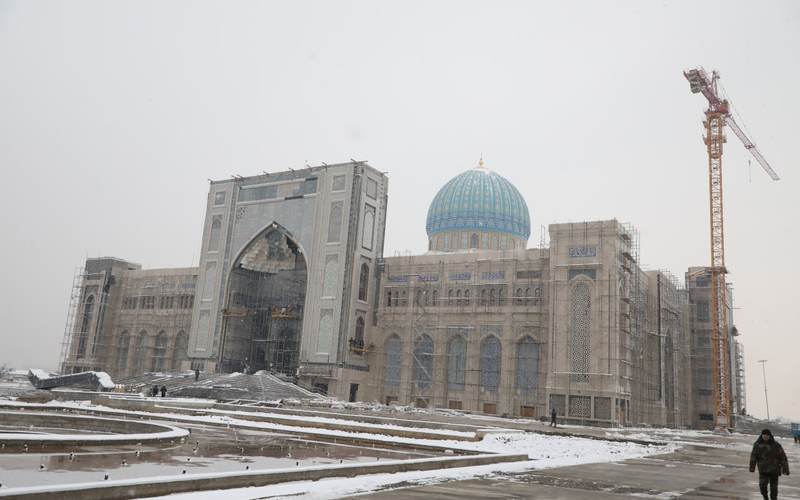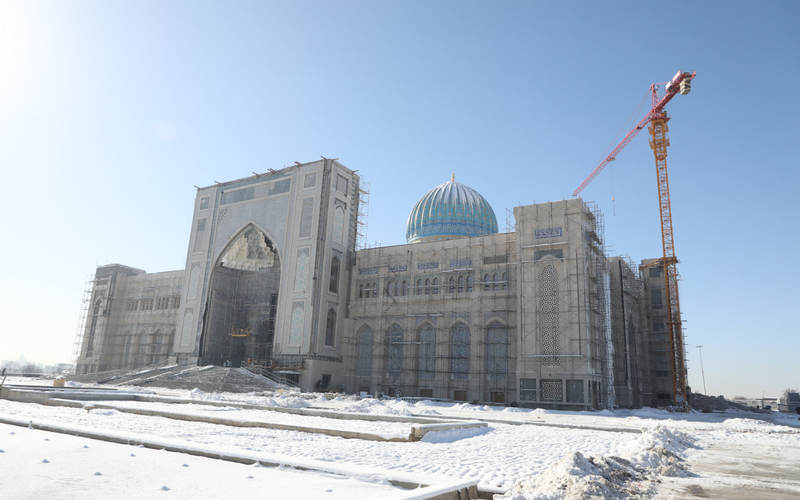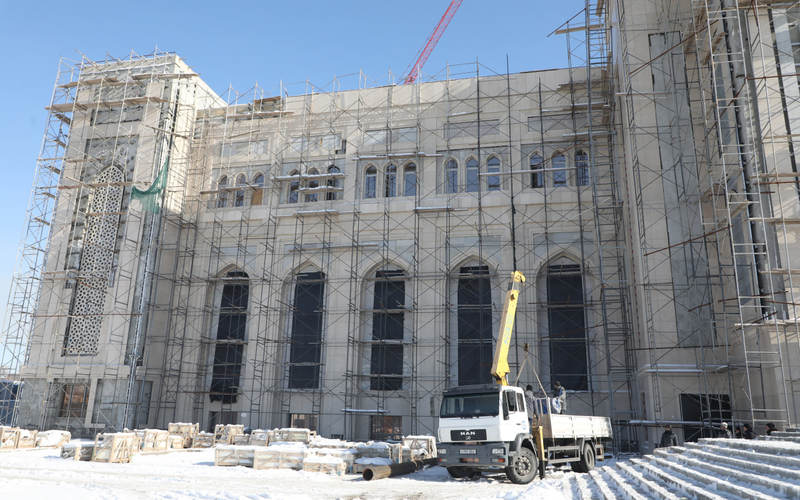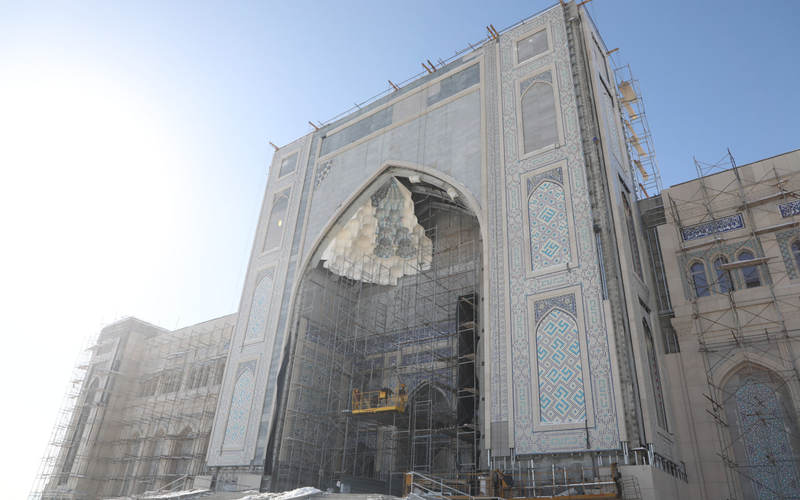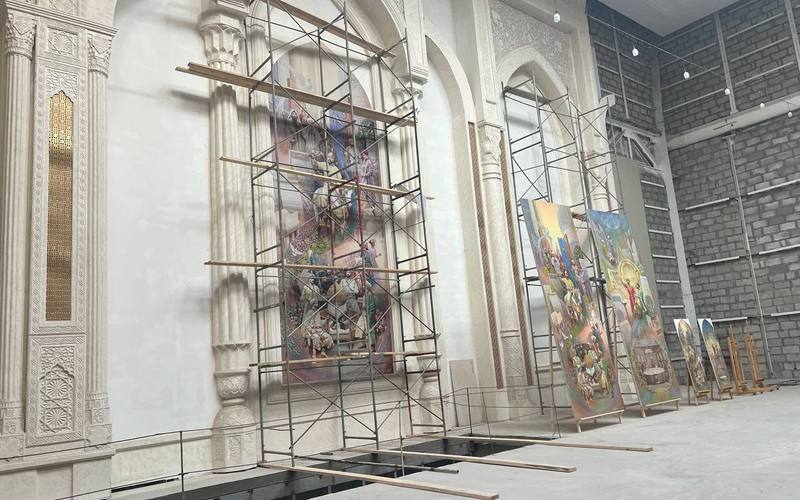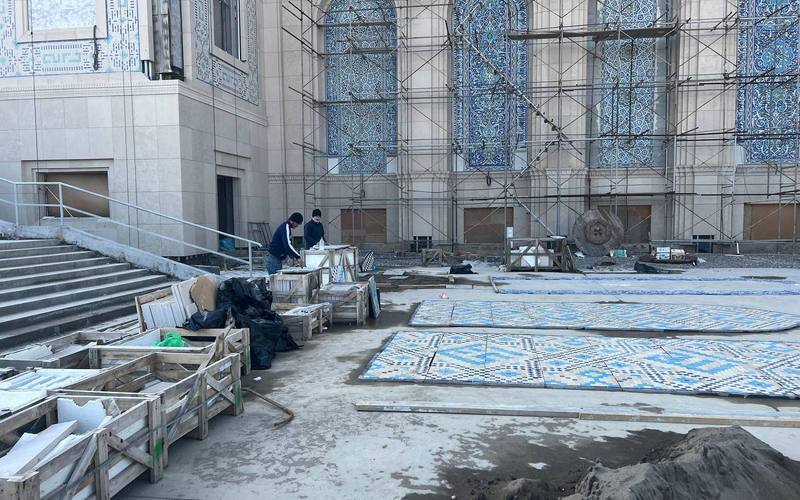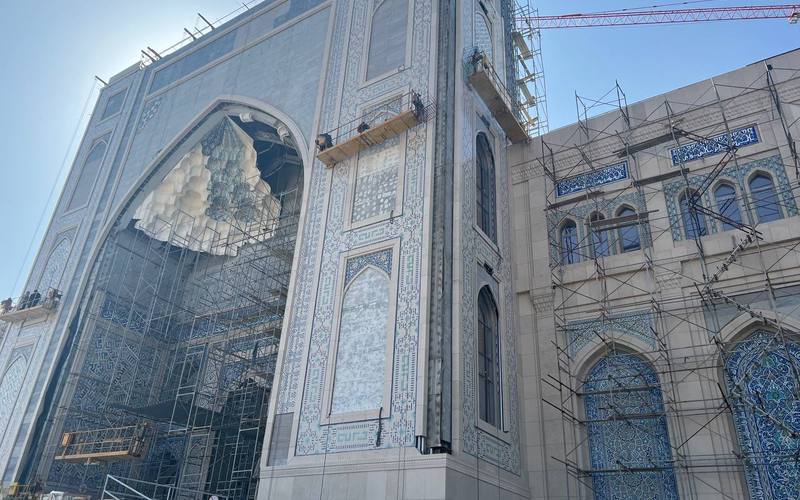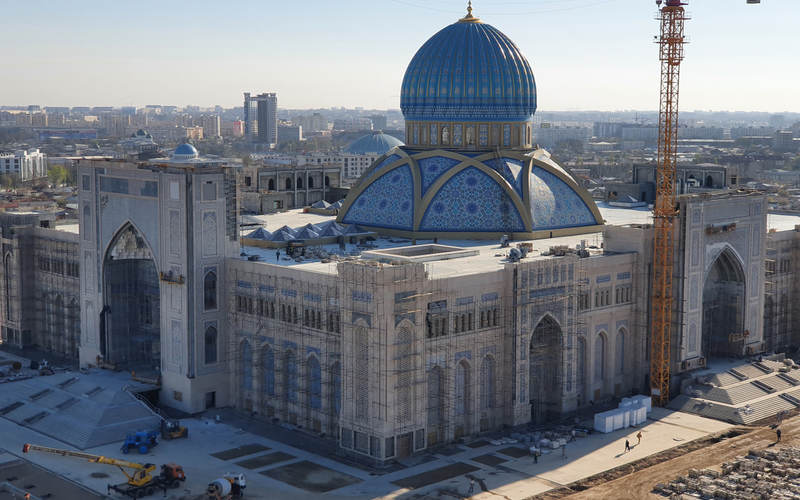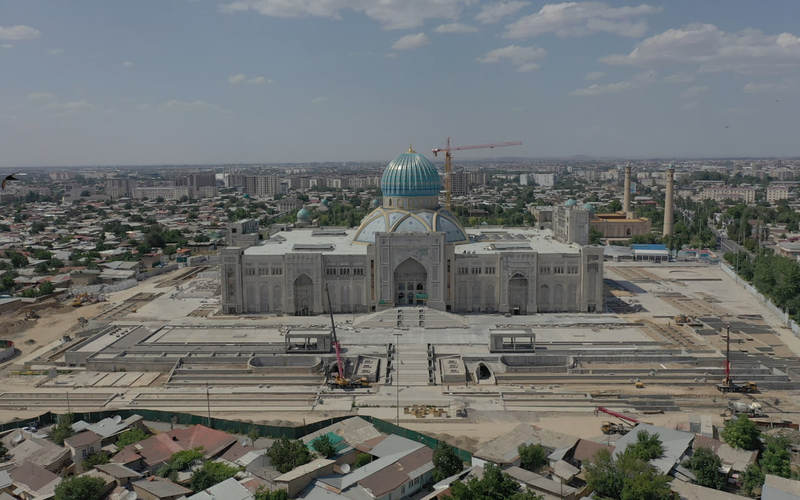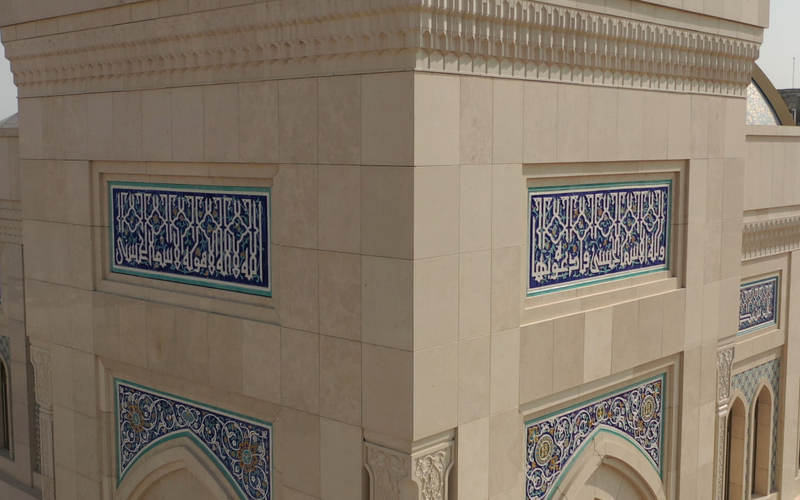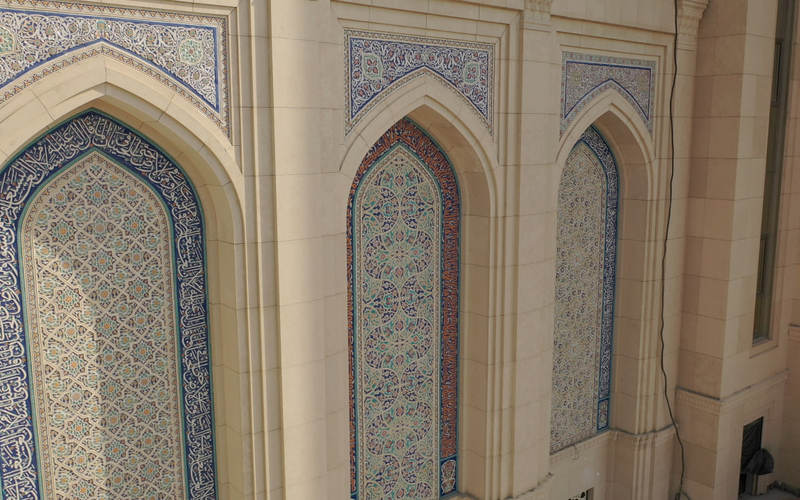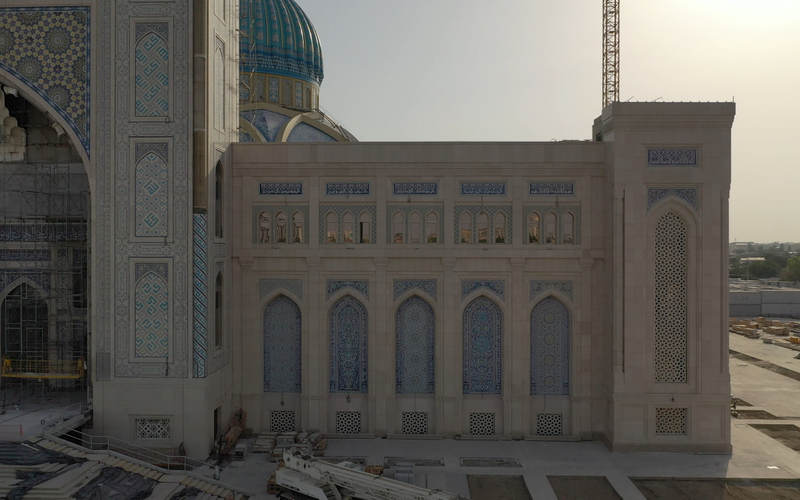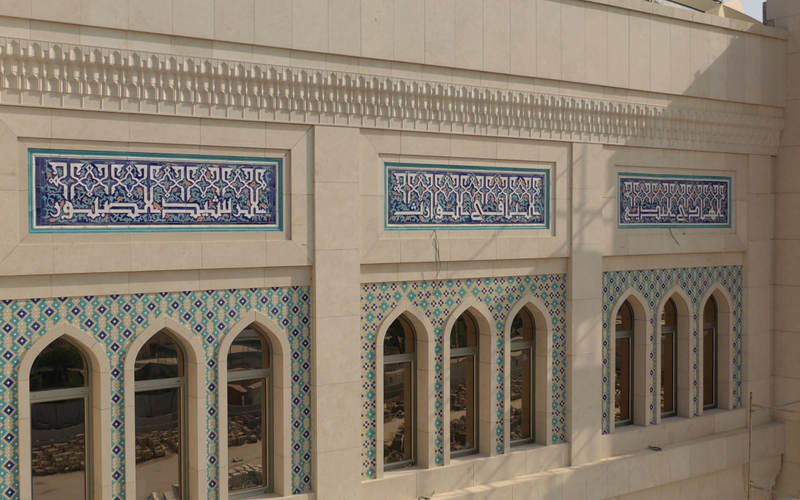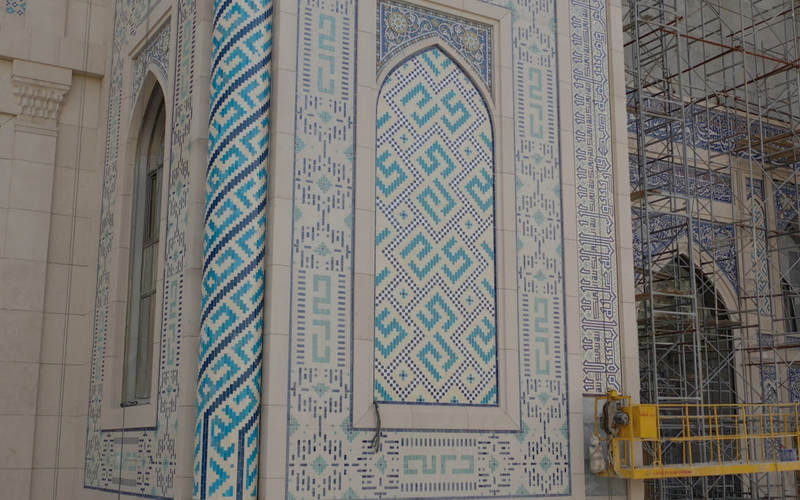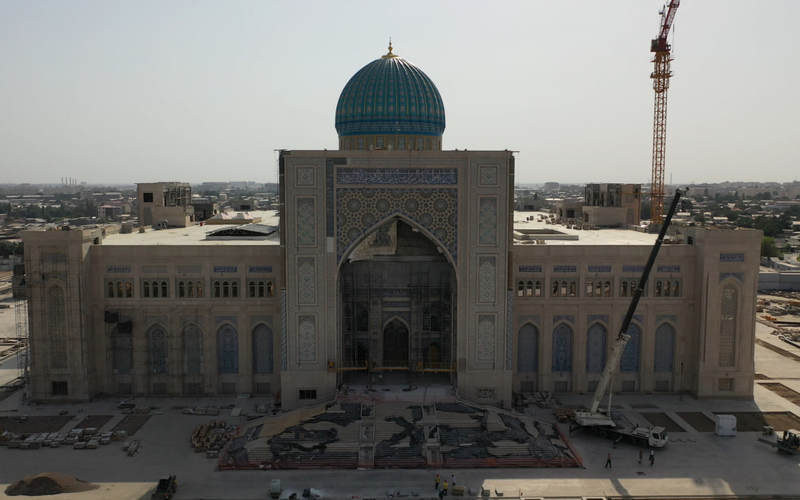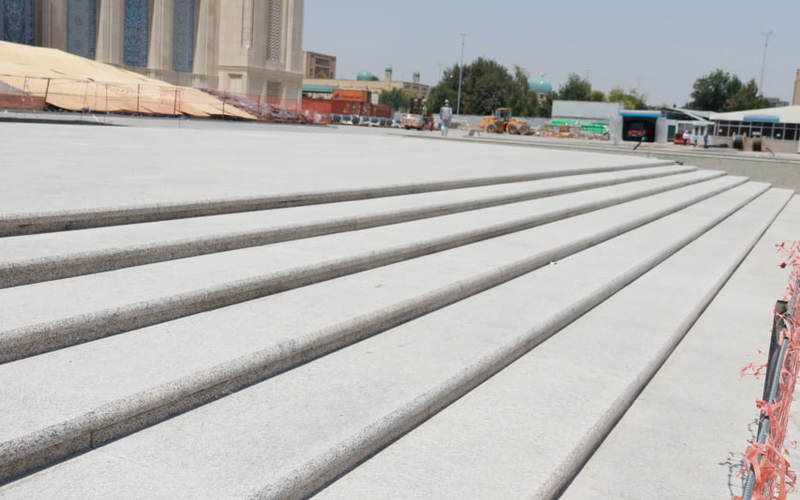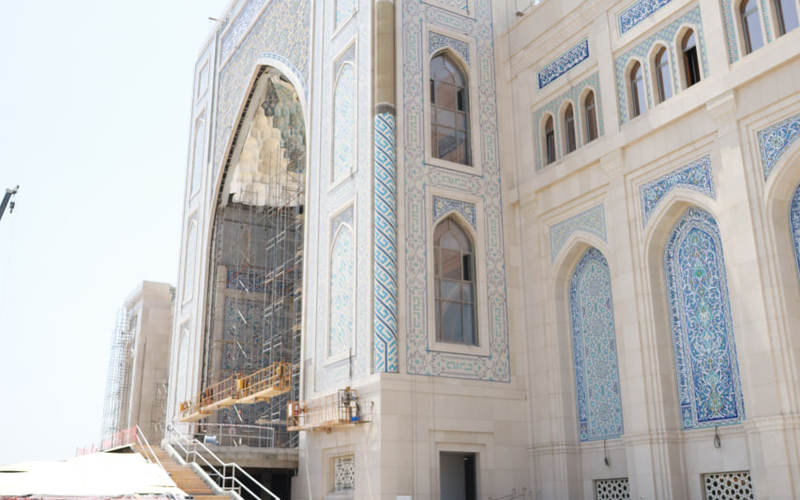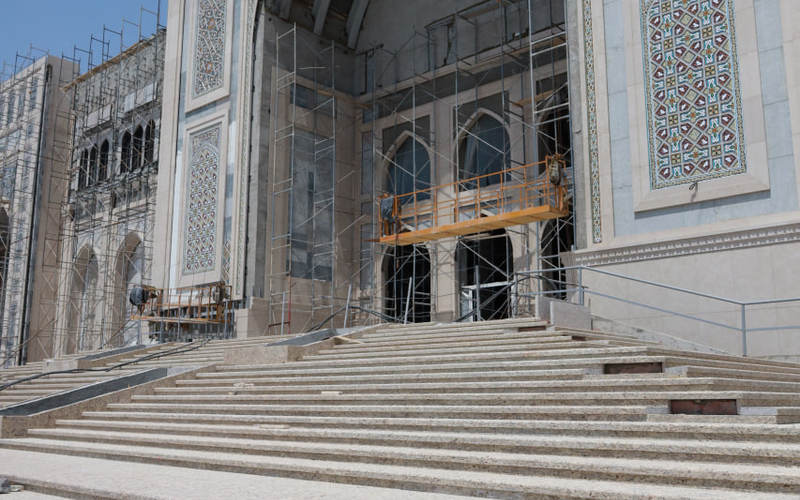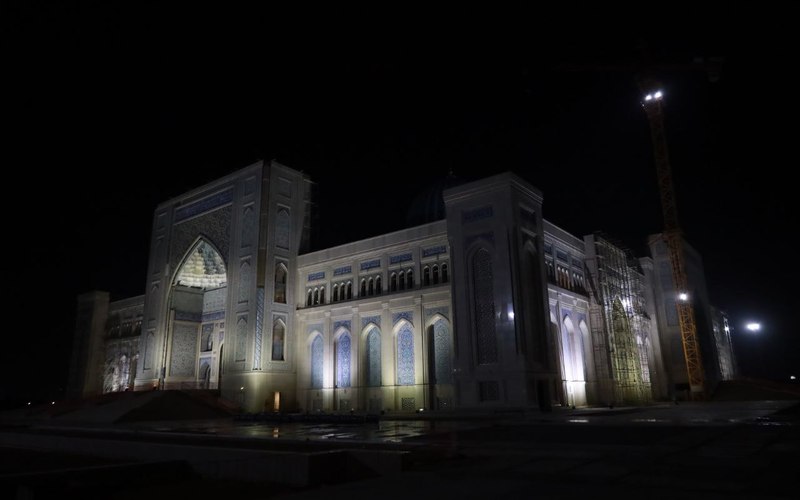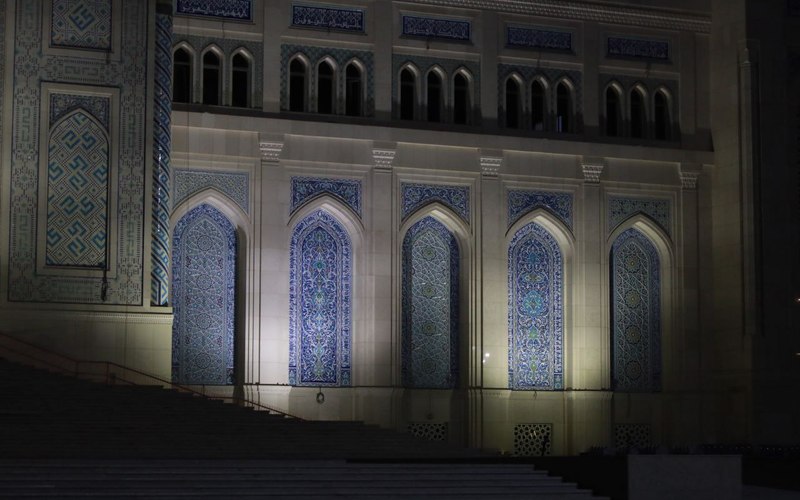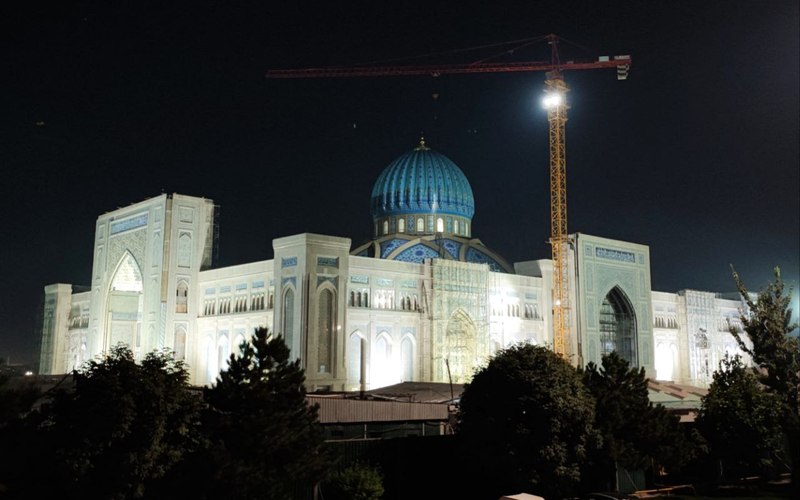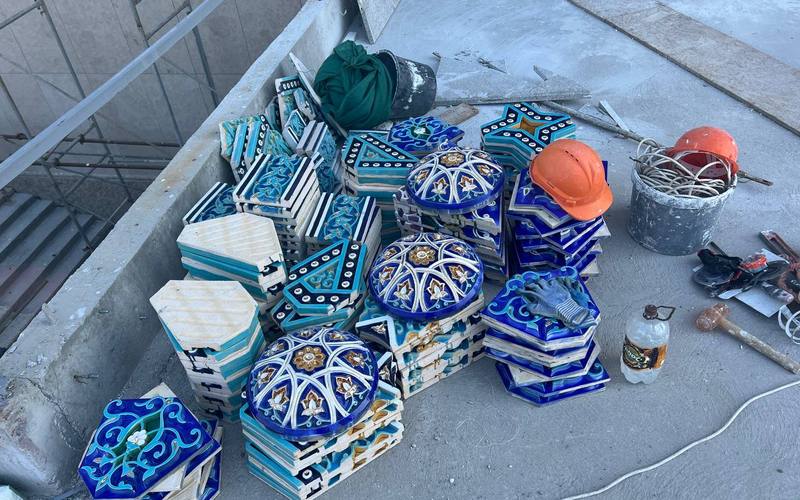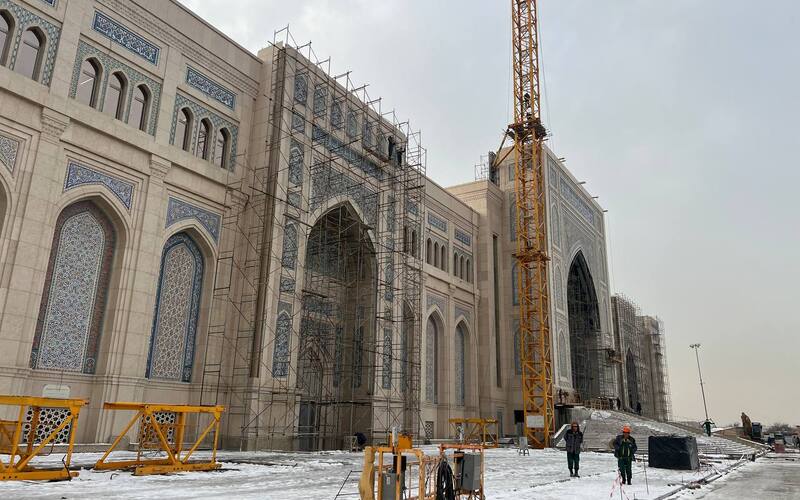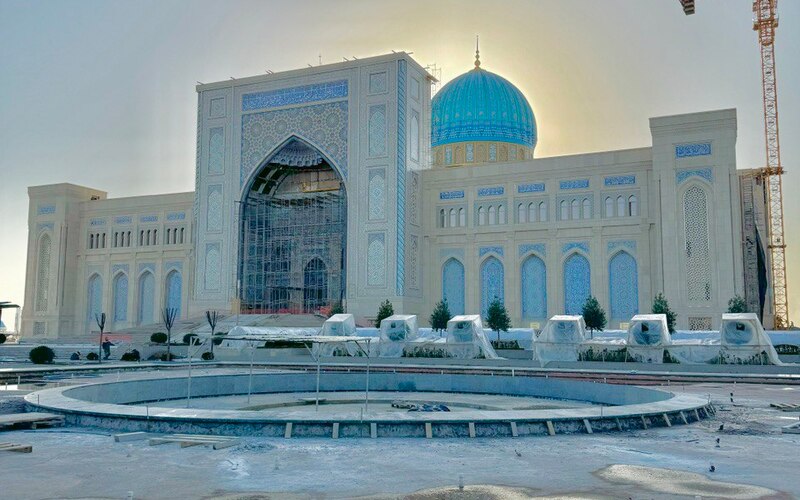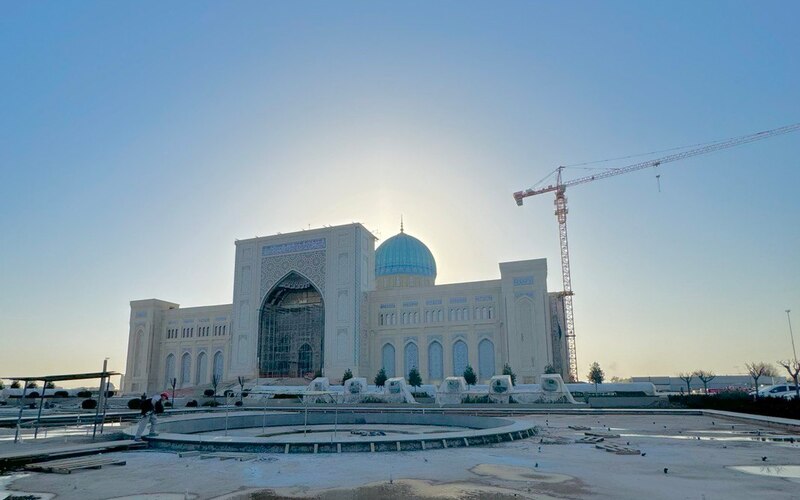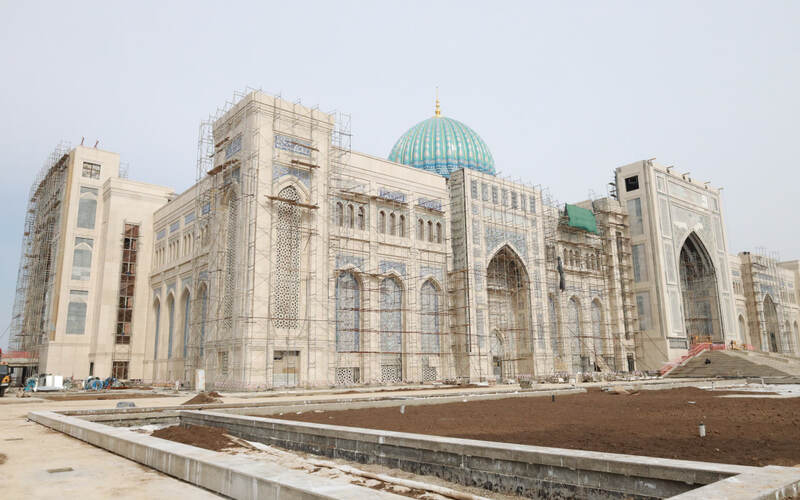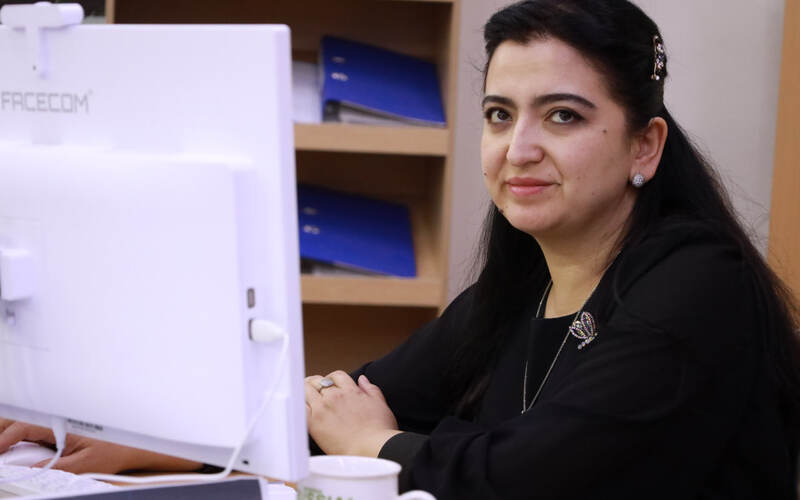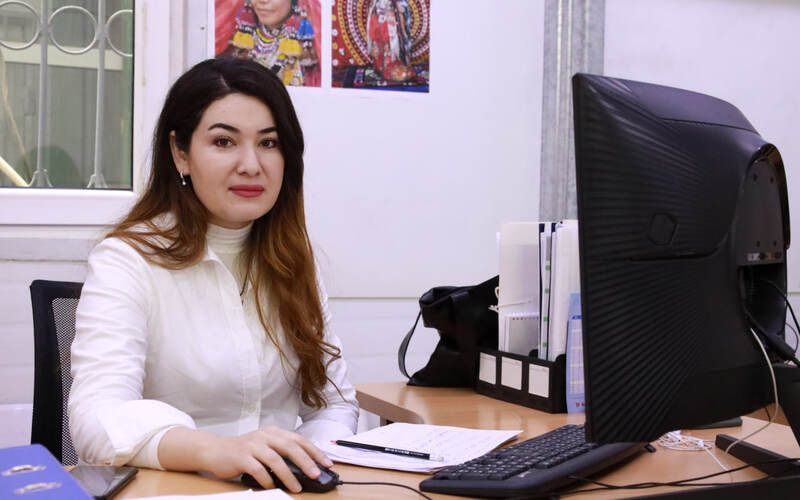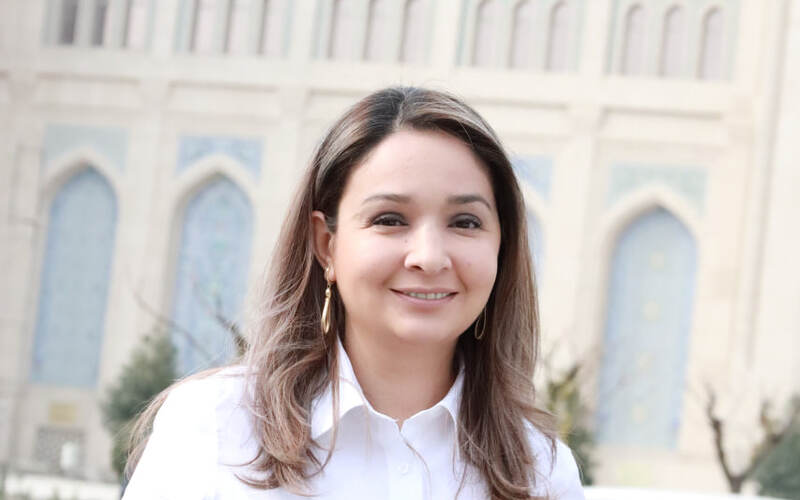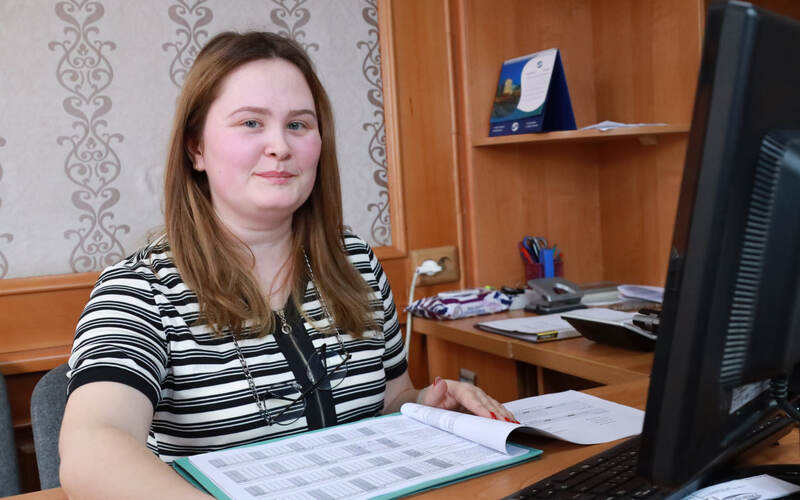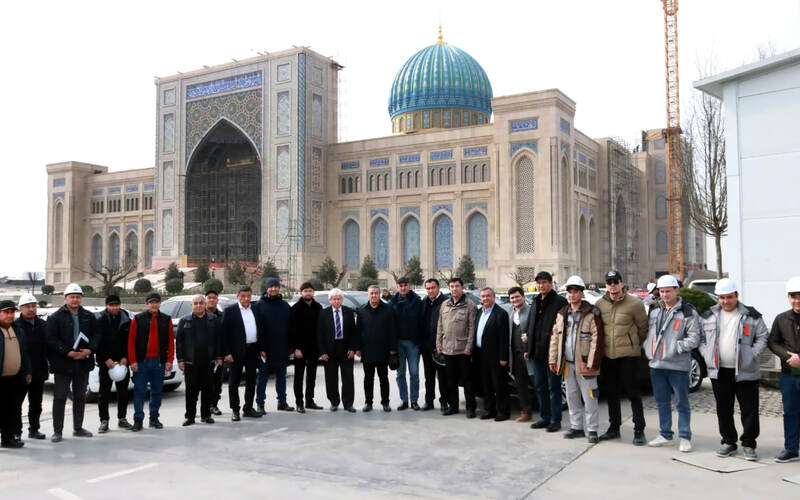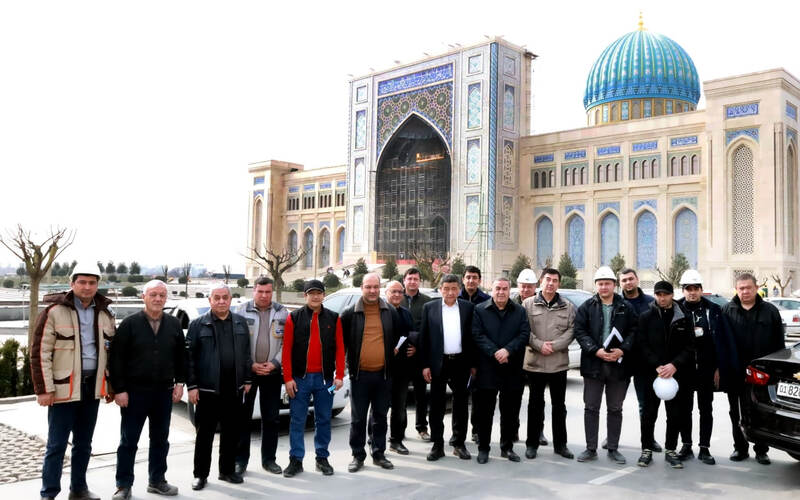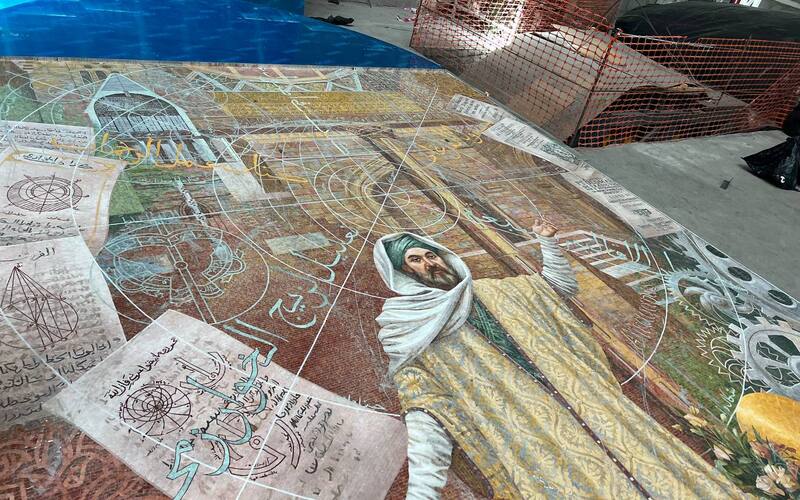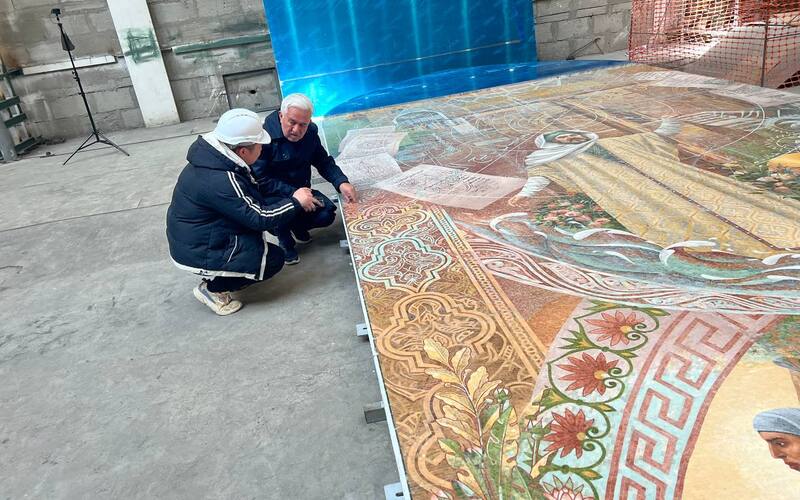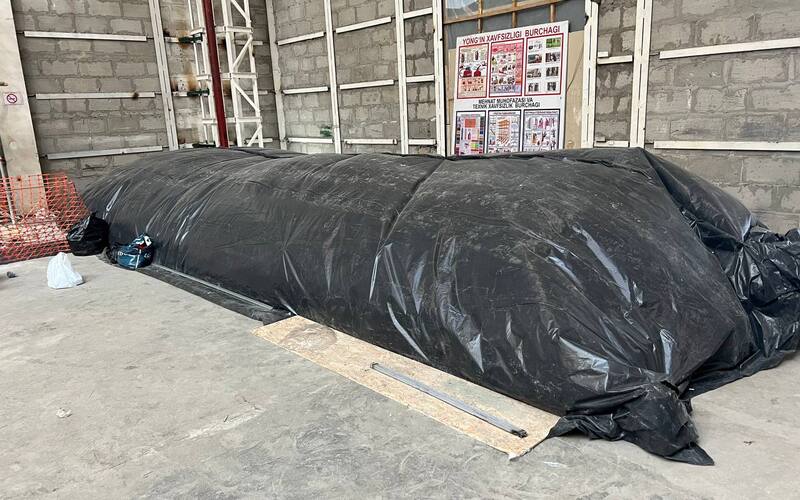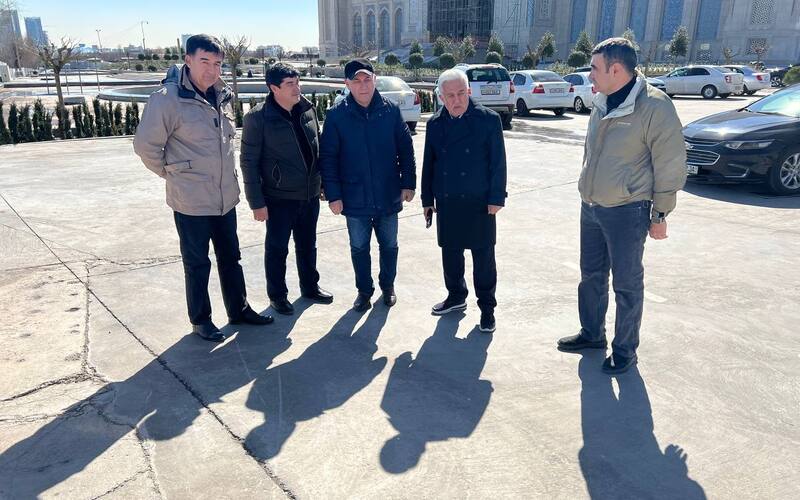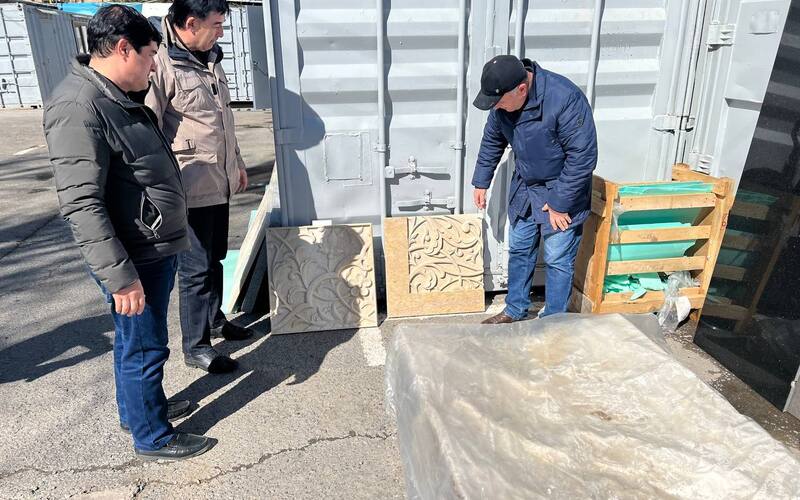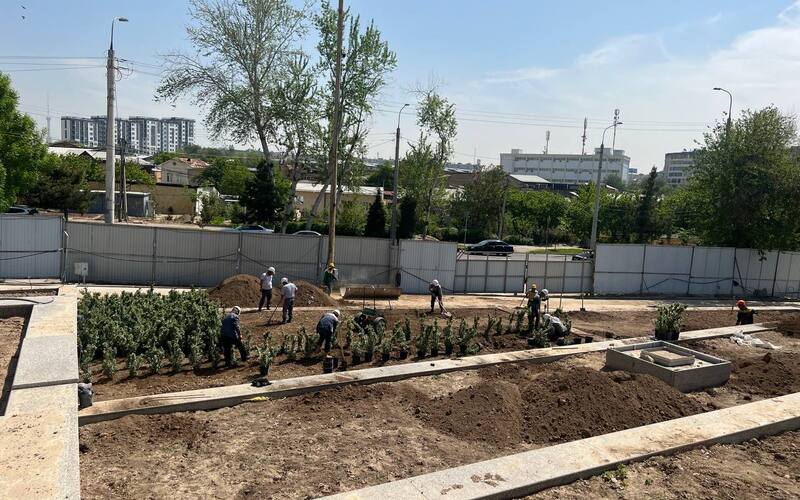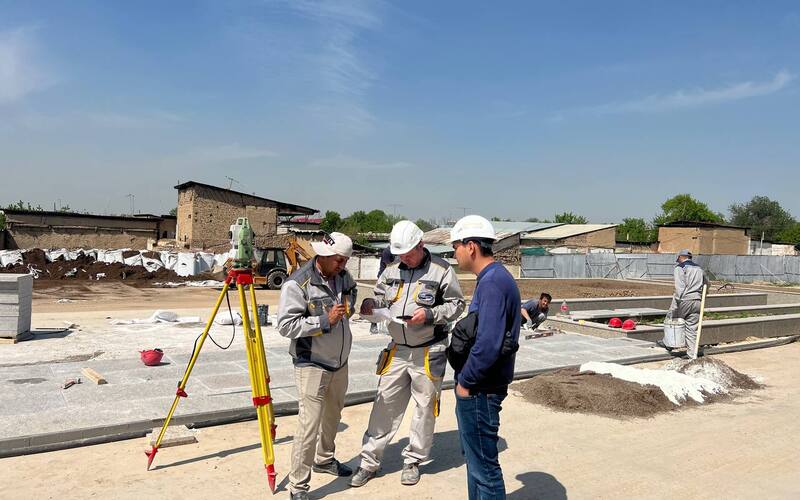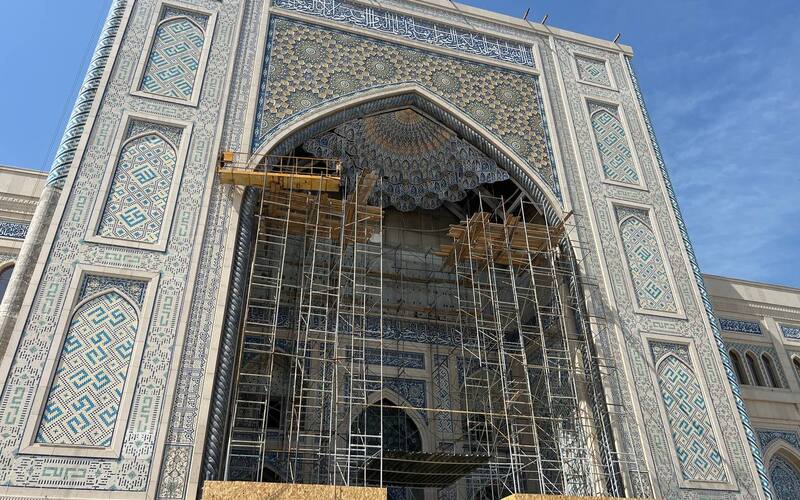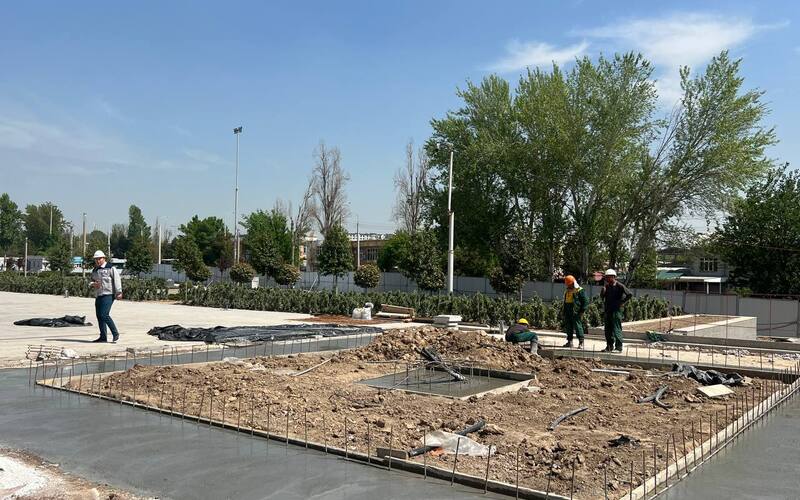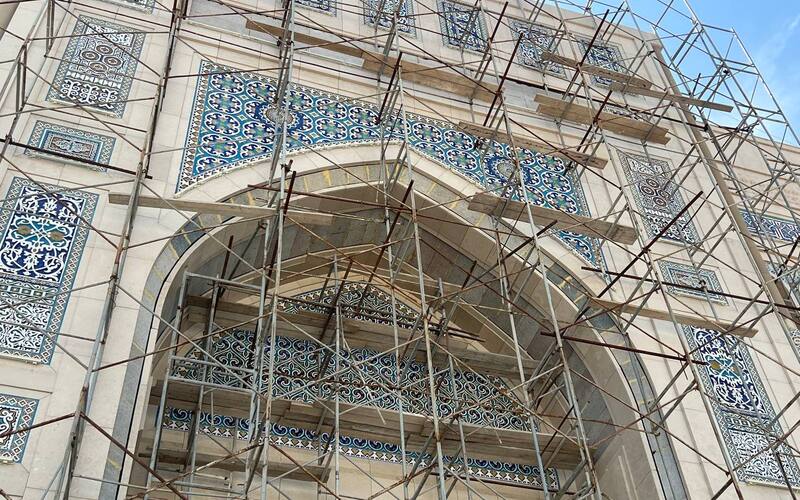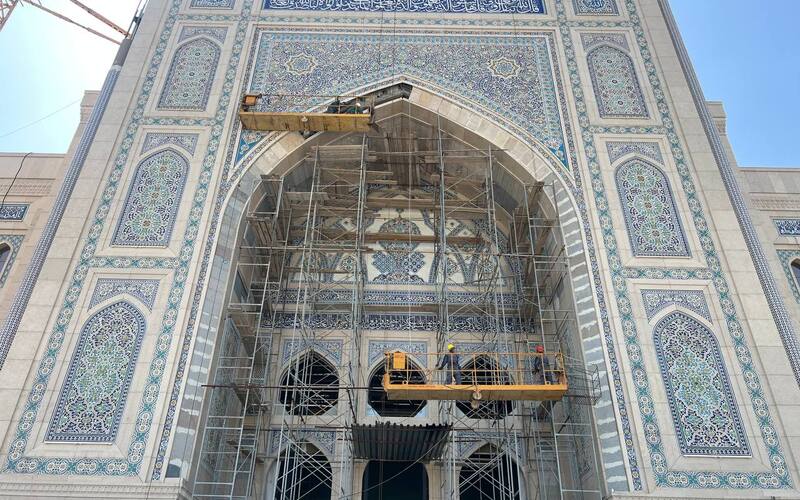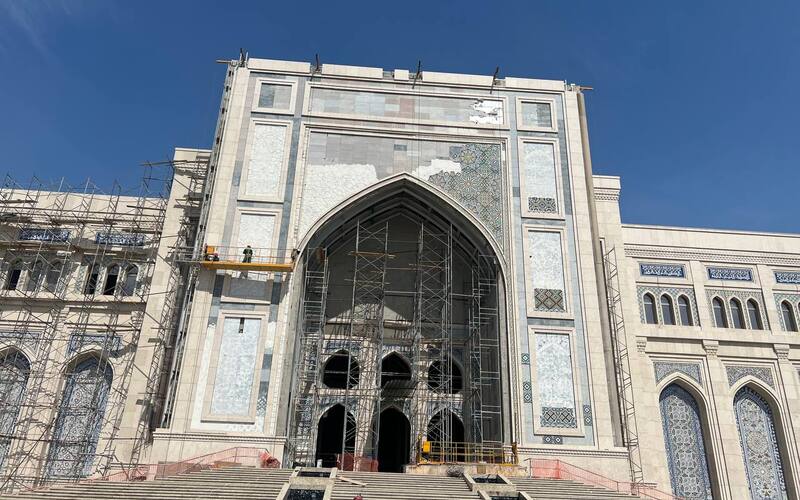Projects
Summary of the scientific and historical concept of the Museum and Library of the Center for Islamic Civilization in Uzbekistan
Islamic civilization is a complex of successes achieved in the process of human development in the field of material and spiritual culture of peoples professing Islam. The Islamic civilization of Central Asia, which occupies an important place in Islamic culture, also left a notable mark in the history of all mankind.
The center of Islamic civilization in Uzbekistan, which is created on the initiative of the President of the country Sh.M. Mirziyoyev, along with the study of the great scientific and cultural heritage of the Uzbek people, will also deal with its preservation for future generations. The center will propagandize the true - peace-loving, humane, creative essence of Islam, which is the most important mission in our turbulent century.
To the structure of the Center for Islamic Civilization includes a museum, a library, departments for international relations, manuscripts, calligraphy and foreign language studies, a laboratory for the restoration of manuscripts.
MUSEUM, The museum exposition consists of sections on the thematic areas
of development of a separate sphere with the arrival and distribution of Islam in the region.
Section 1: CENTRAL ASIA BEFORE THE DISTRIBUTION OF ISLAM
I. Bactrian-Margianian archeological complex (BMAC), or Oks civilization.
II. The second phase begins in the middle of the 2nd millennium before our era (BC) and is associated with the decline of the Bactrian-Margian archaeological complex.
III. In the third period of the history of the interfluves (from the early Iron Age to the XIII century - the middle of the 6th century before our era), formed and emerged the first types of statehood of Bactria, Sogdiana and Chach.
IV. The fourth period (the middle of the 6th century - the end of the 4th century before our era (BC)).
V-VI. The fifth and sixth periods (330 before our era (BC) – the 1st century of our era)
VII. From the 4th century to the 7th century - a period of fragmentation, after the disintegration of large states in Central Asia.
Section 2. CULTURE OF WRITING, BOOK ART.
-
Samples of ancient writing: they include rock paintings (petroglyphs) Sarmishsay, Zarautsay and Nurota. Petroglyph samples will be exhibited.
-
Scheme of ancient writing: the example of the Aramaic, Old Khorezm, Sogdian, Bohtarian, Kharoshtkhian, Parthian, Old Turkic and Uighur letters. Samples: on the example of inscriptions and writing on tablets, leather, bark of a tree, a brick, cloth, potcha, clay and metal products, a stone.
-
Scheme of Arabic writing: samples of nabatiy, Kufi, hejazi, naskh, nastalik (epigraphic objects: coins, gravestones, architectural monuments, ceramics, chasing, copper products, ganch, wood, jewelry, embroidery, canvas, manuscript: leather, cloth based on paper, cellulose).
Section 3. PAPER PRODUCTION.
Information from ancient sources indicates that the profession of making paper existed long before the Arabs entered Samarkand. In Samarkand, the paper was issued from the 7th century. This process can be observed in Bukhara, Khiva and Kokand.
Section 4. FROM PAPER TO THE BOOK
The creation of the book is a long and time-consuming process, requiring the participation of a number of artisans and specialists, such as papermaker (leaflet), bookbinder, table, artist, decorator, engraver, calligrapher, miniaturist.
Section 5. CALLIGRAPHIC SCHOOLS AND SAMPLES OF THEIR ART
The best examples of miniature art from the Middle Ages to the modern era will be exhibited.
Section 6. URBAN DEVELOPMENT AND ARCHITECTURE
In the pre-Islamic period, the Bactria, Khorezm, Ferghana, Sogd, Chach regions occupy a special place in the history of the statehood of the region. Memorial buildings and palaces were erected. (The general view of the city plan, established by the results of the archaeological excavations, will be recreated in the 3d format).
There are also separate stands dedicated to:
- The period of Amir Temur and Temurids.
- Architectural monuments of the 16th -19th centuries.
- Architecture in the years of independence.
SECTION 7. DEVELOPMENT OF THE ISLAMIC EMPHASIS
Since 708, the leading scientists of the Mufansir (interpreters of the Koran), muhaddis (collectors of tales of the Prophet Muhammad), faqihs (experts in Islamic law), who became famous throughout the world, appeared in Mawarannahr.
Section 8. SCIENTIFIC PROGRESS PRECISION SCIENCES:
- mathematics
- astronomy
Section 9. NATURAL SCIENCES:
- chemistry, mineralogy and medicine
- Geography
Section 10. SOCIAL SCIENCES:
- lithography
Section 11. LITERATURE:
- literature of the early Muslim Renaissance period
- the period of the Amir Temur and the Temurids
Section 12. EASTERN PHILOSOPHY:
- the formation of early religious and philosophical views
- development of philosophical and scientific medical thoughts
- Islamic philosophy in the 16-19 centuries
- Philosophy in Uzbekistan in the 20-21 centuries
Section 13. HISTORY OF EDUCATION IN UZBEKISTAN.
Section 14. FINE AND APPLIED ART
CENTER OF THE MUSEUM: Islamic civilization can not be imagined without the greatest divine Book - the Koran. The Koran is the only scripture that has not undergone any changes or additions. The Imam Copy will become a special exhibit of the Center for Islamic Civilization. the original of the Koran of Osman and 4 copies of the Koran, which were rewritten in the 8th and 11th centuries.
2. Library. The Library of the Center for Islamic Civilization in Uzbekistan will have the status of the Scientific Library.
In accordance with the status of the library:
- carries out scientific research work;
- conducts scientific and methodical work;
- is engaged in drafting work (publishes scientific and auxiliary bibliographic manuals);
- provides library and bibliographic support for the activities of the Center (bibliographic information, reviews and exhibitions of literature, etc.)
The following principles are based on the library development strategy:
• compliance of content, typology, volume of the fund and services provided to users;
• Respect for the identity of the user and his / her information requests;
• availability of the fund, completeness and reliability of information about it;
• Efficiency in the provision of services;
• comfort of service;
• the scientific validity of all areas of library and information activities;
• Openness to innovation;
• rational use of human and material and technical resources.
Goals and objectives:
1. Improving the quality and timeliness of the current collection of the Scientific Library.
2. In order to form and preserve library collections, it is necessary:
3. Tasks that need to be addressed in order to improve educational and upbringing work among young people:
4. Providing high-quality library and information services (ensuring completeness, efficiency and comfort of service).
5. To raise the level of communication and information culture of users.
6. Increase in the rate of informatisation.
Implementation of the Concept will be carried out in two stages.
The first stage covers the period 2017-2020; organization and formation of the library's basic assets in parallel with the process of building the building of the Center for Islamic Civilization in Uzbekistan.
The second stage is the implementation of the Concept for the Development of the Library of the Center until 2025, taking into account the requirements of the time.


